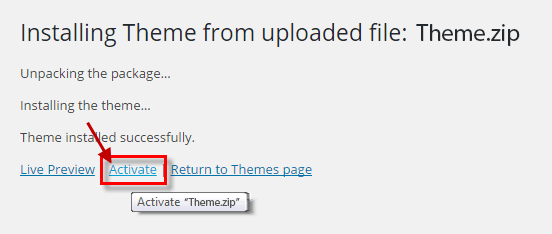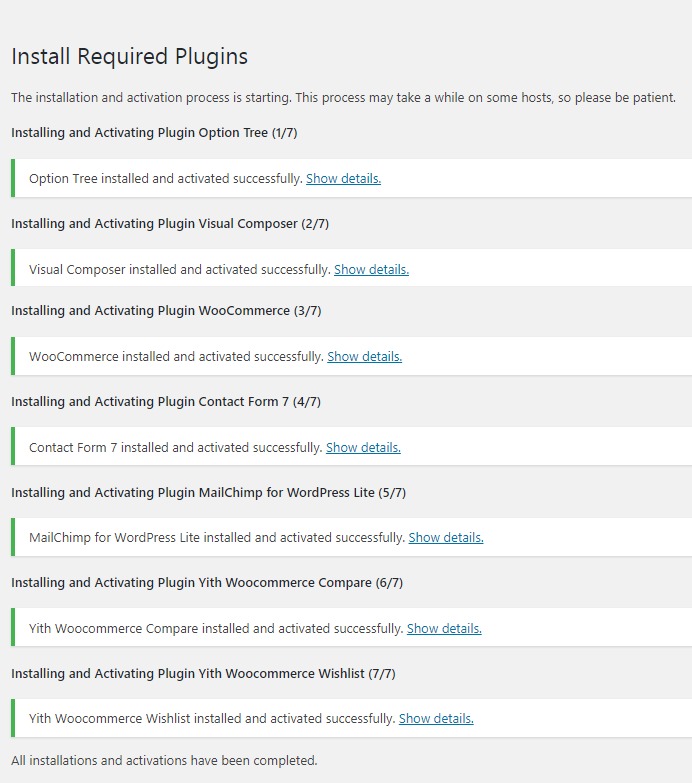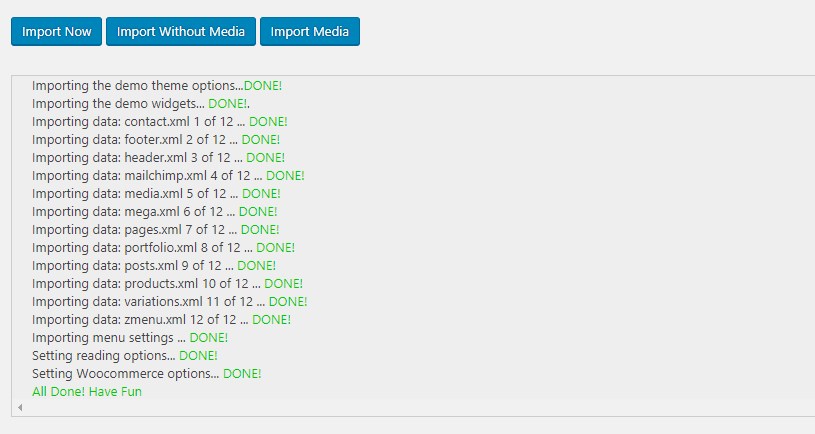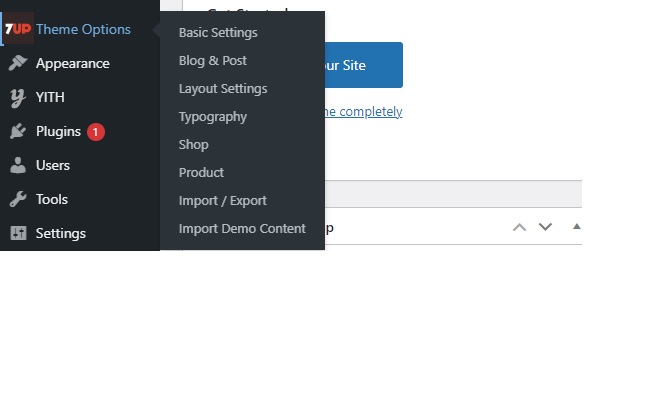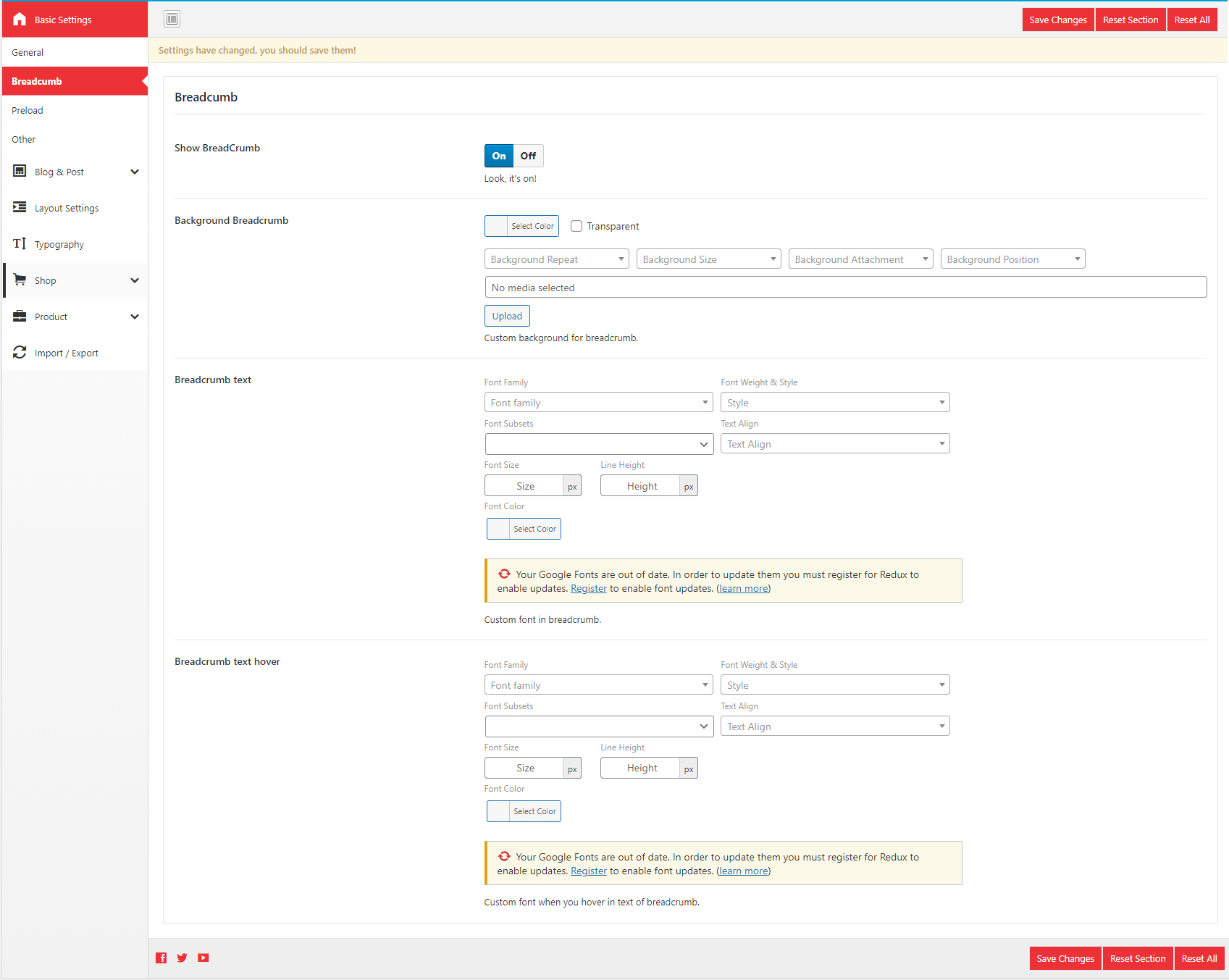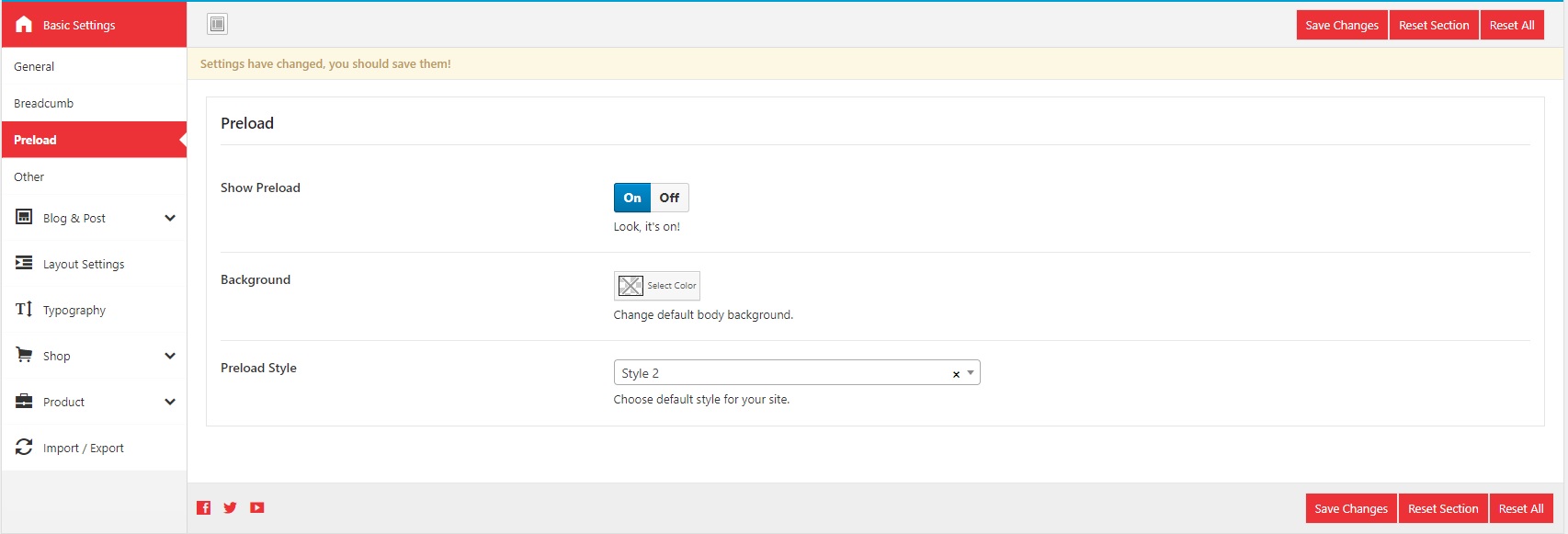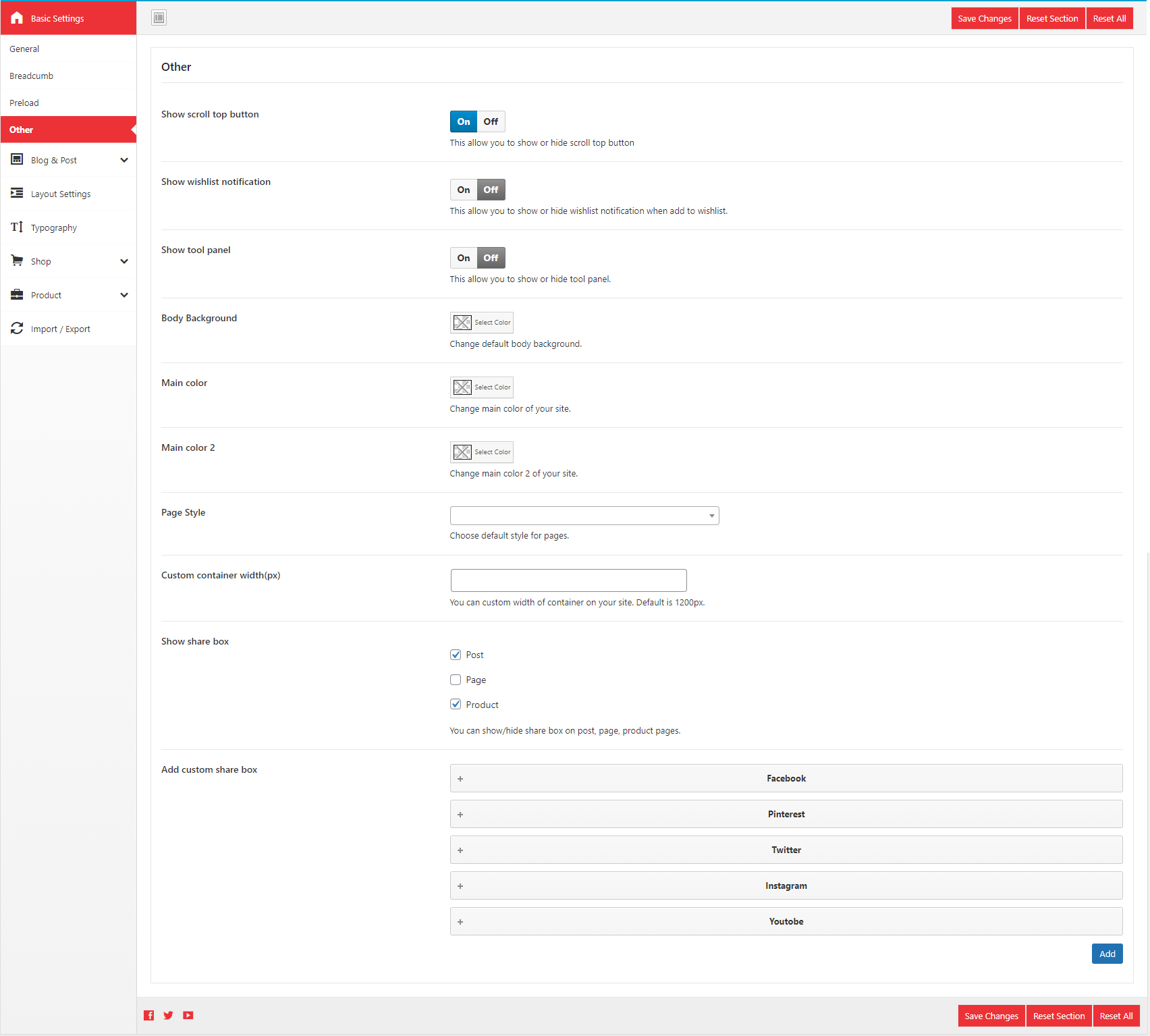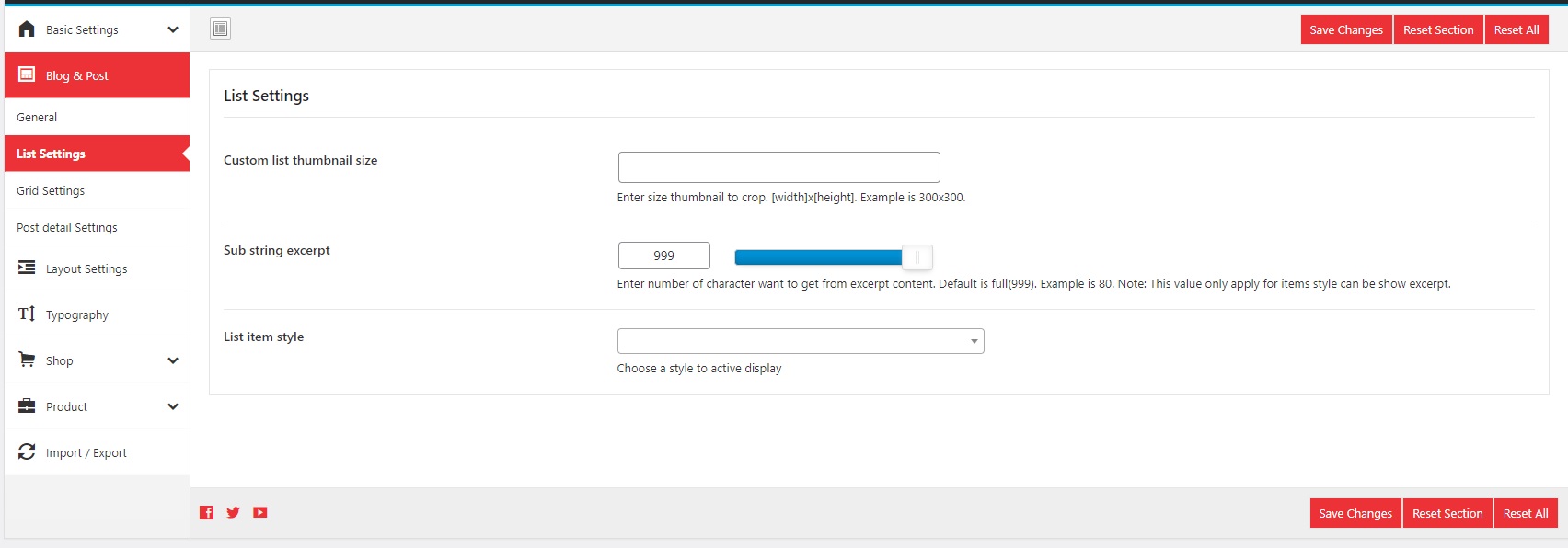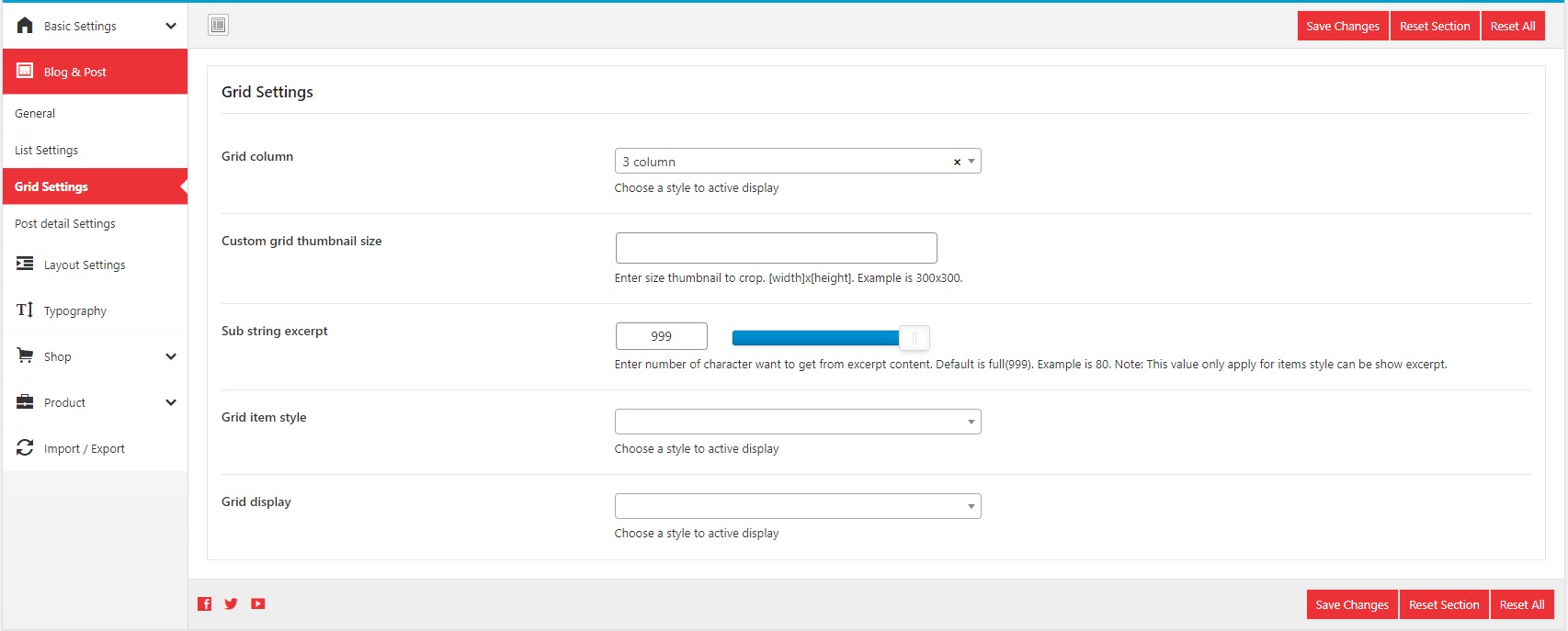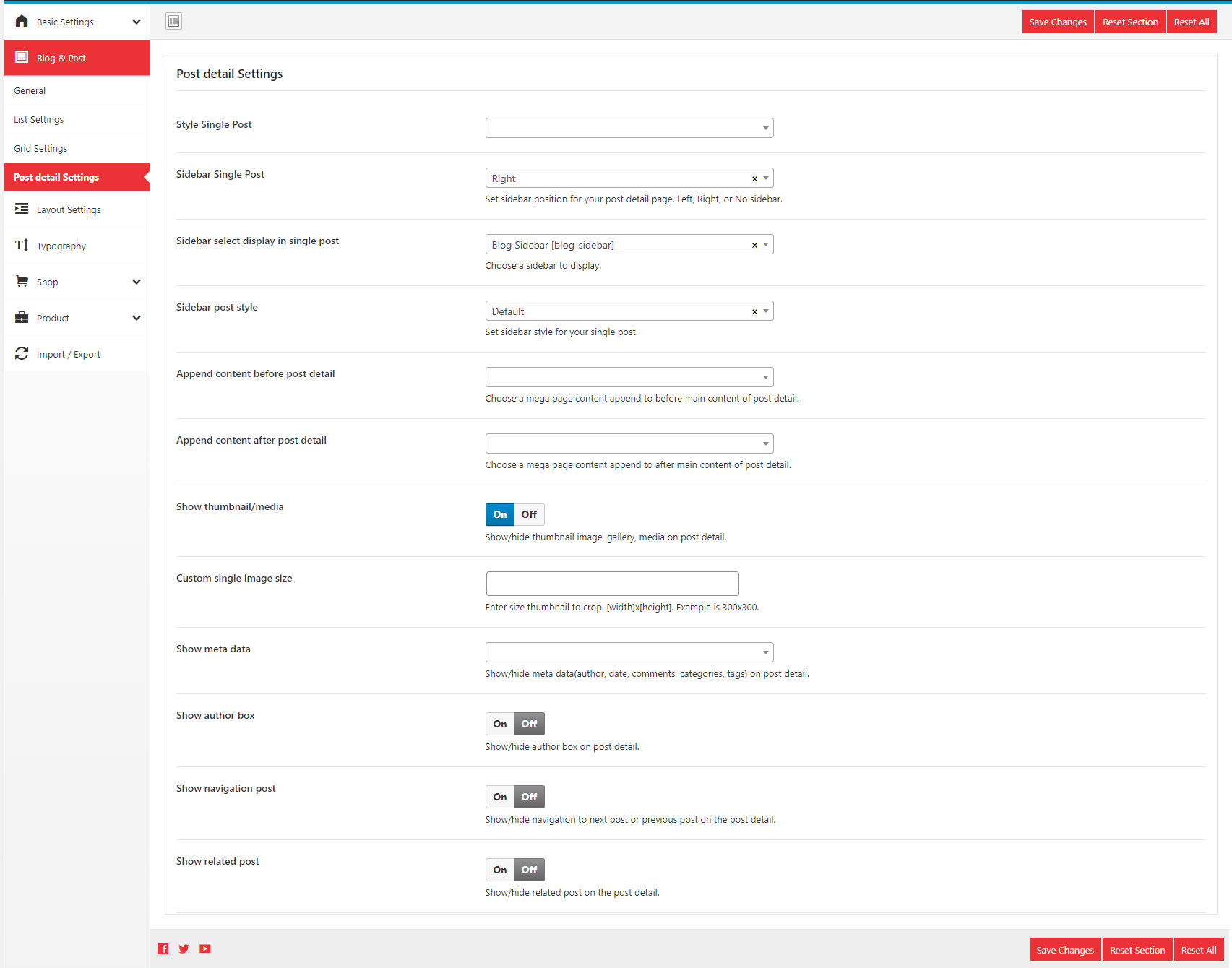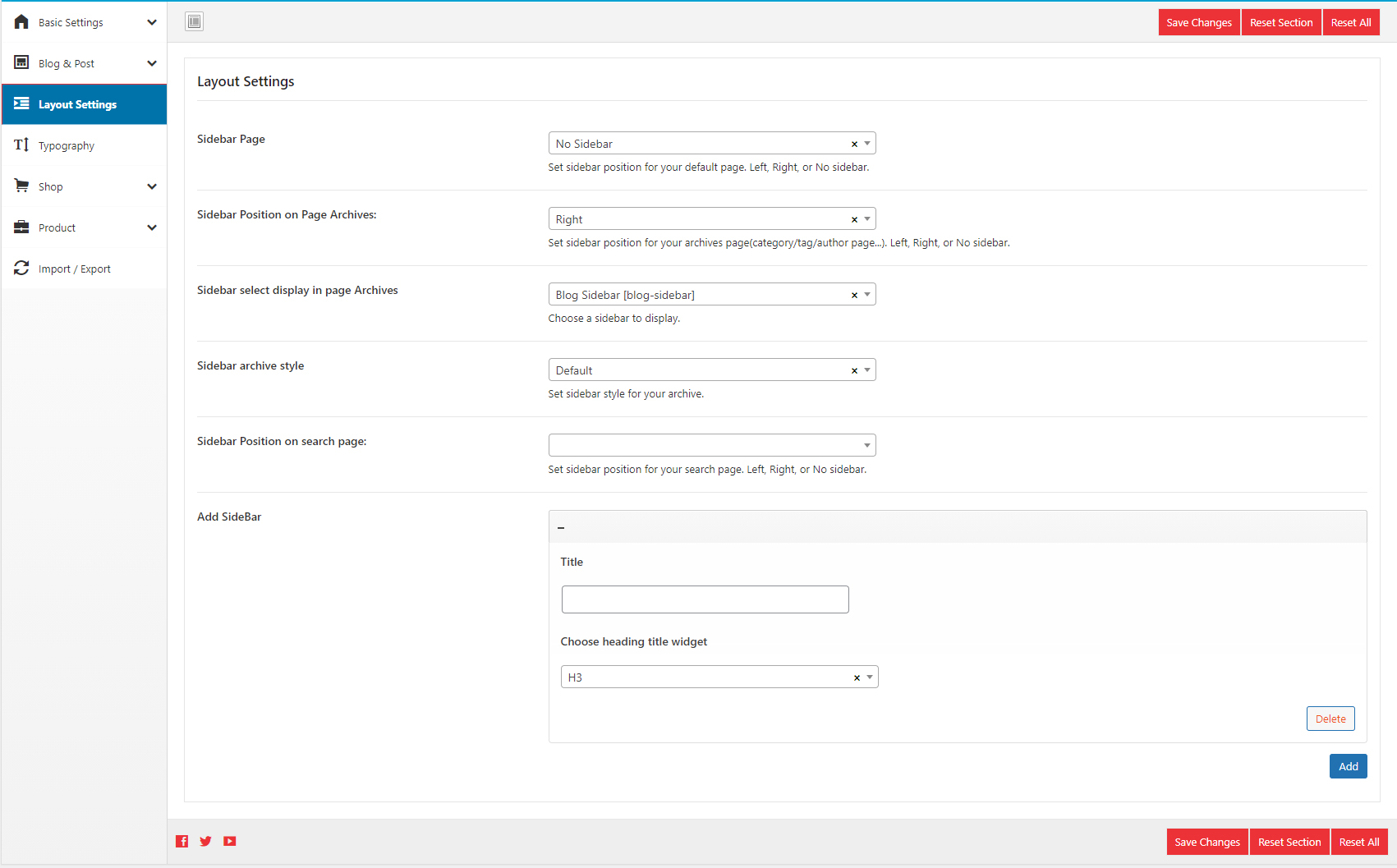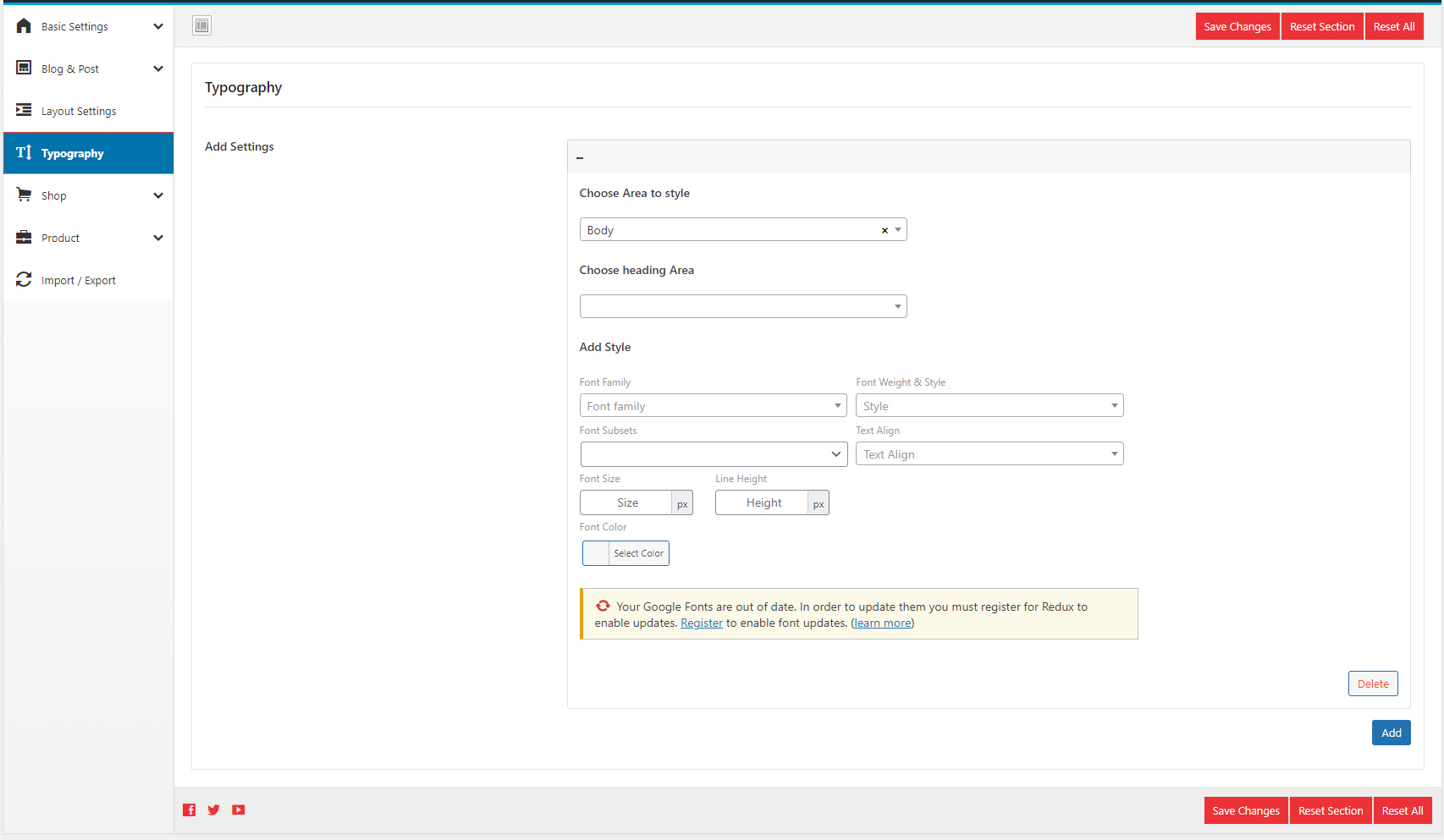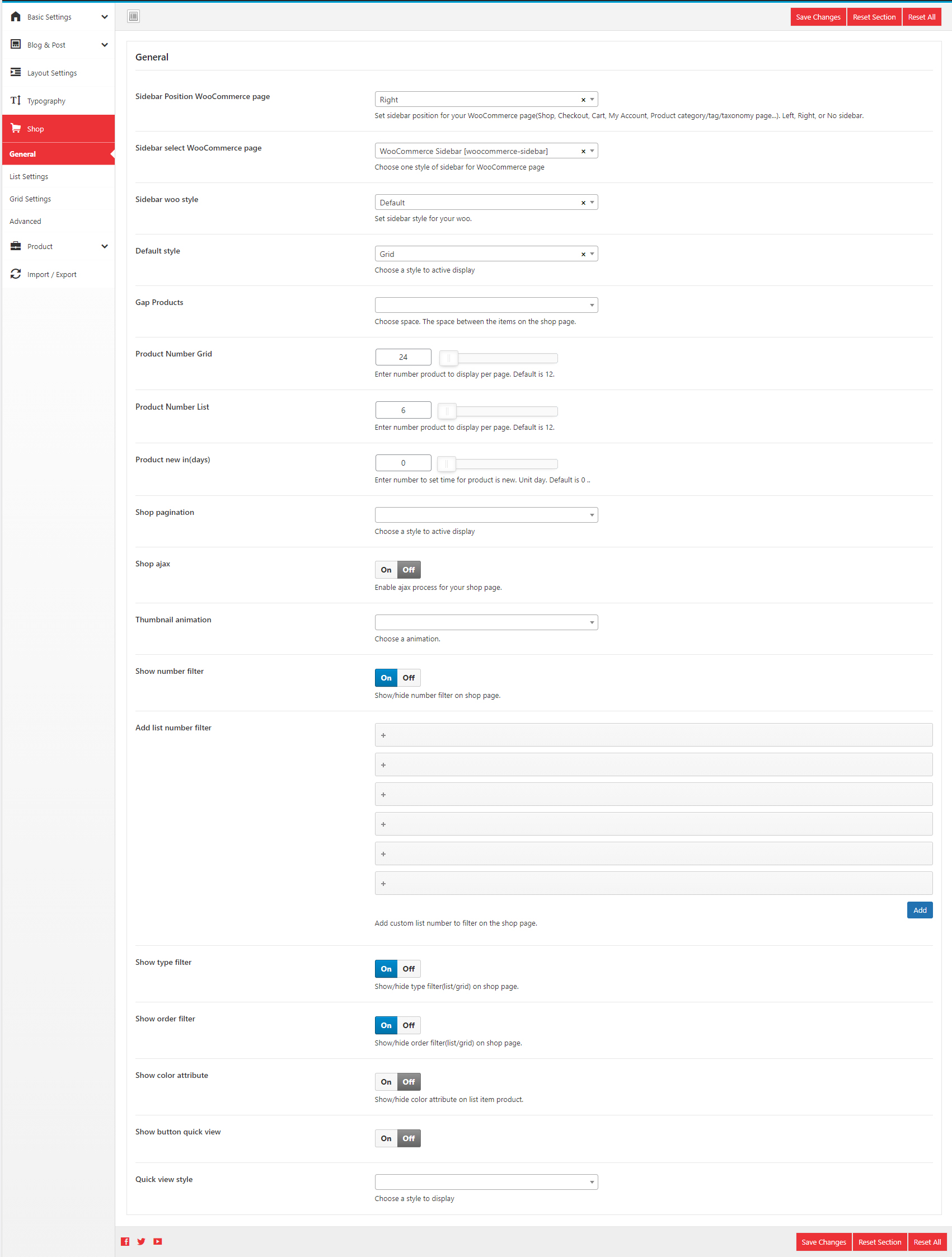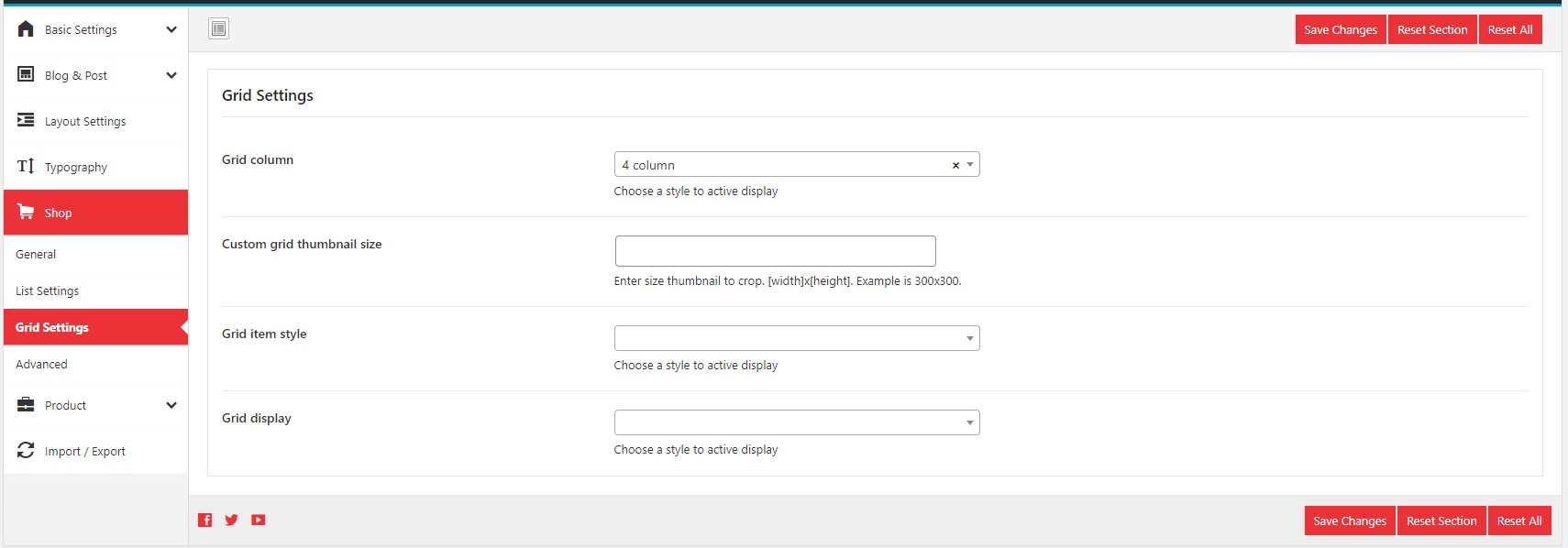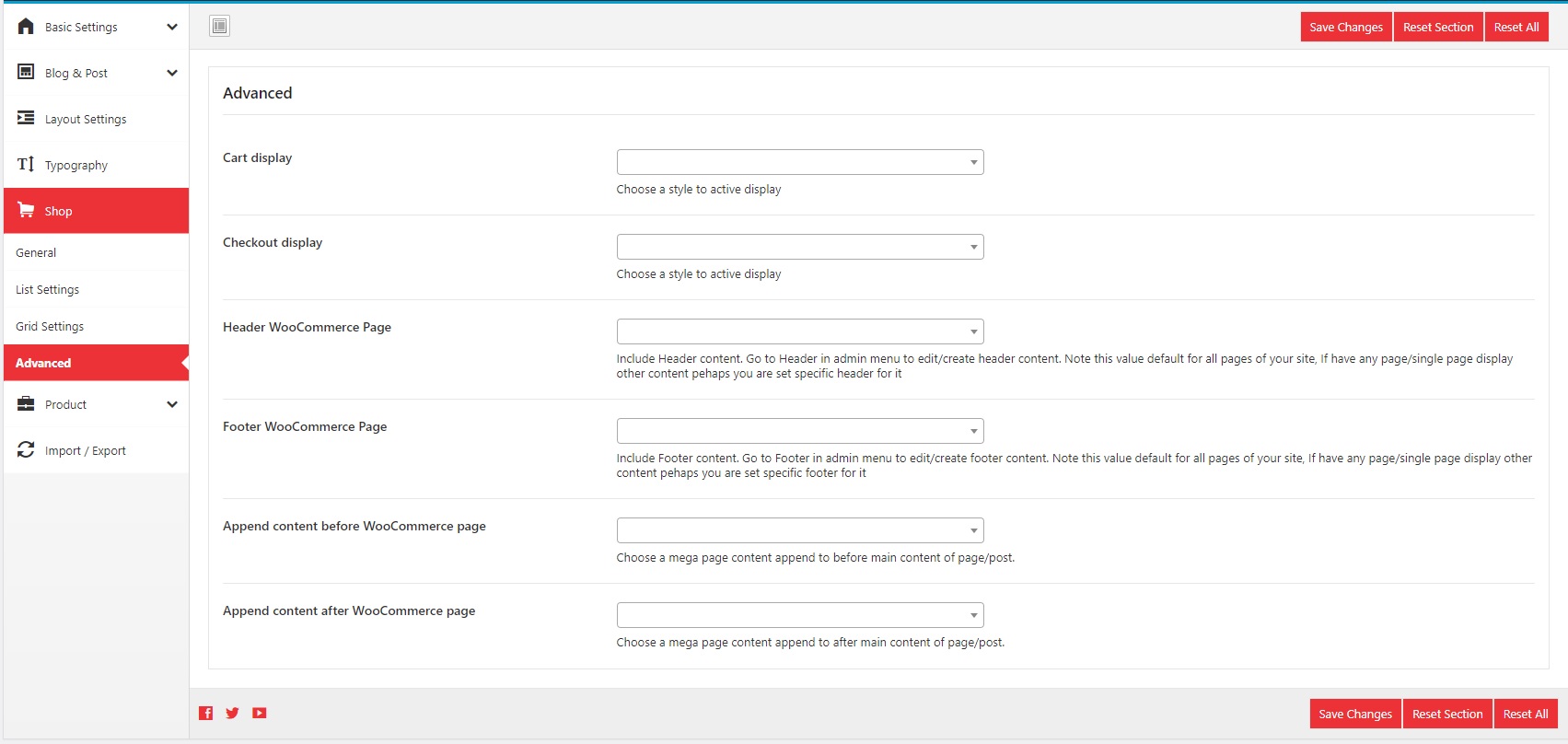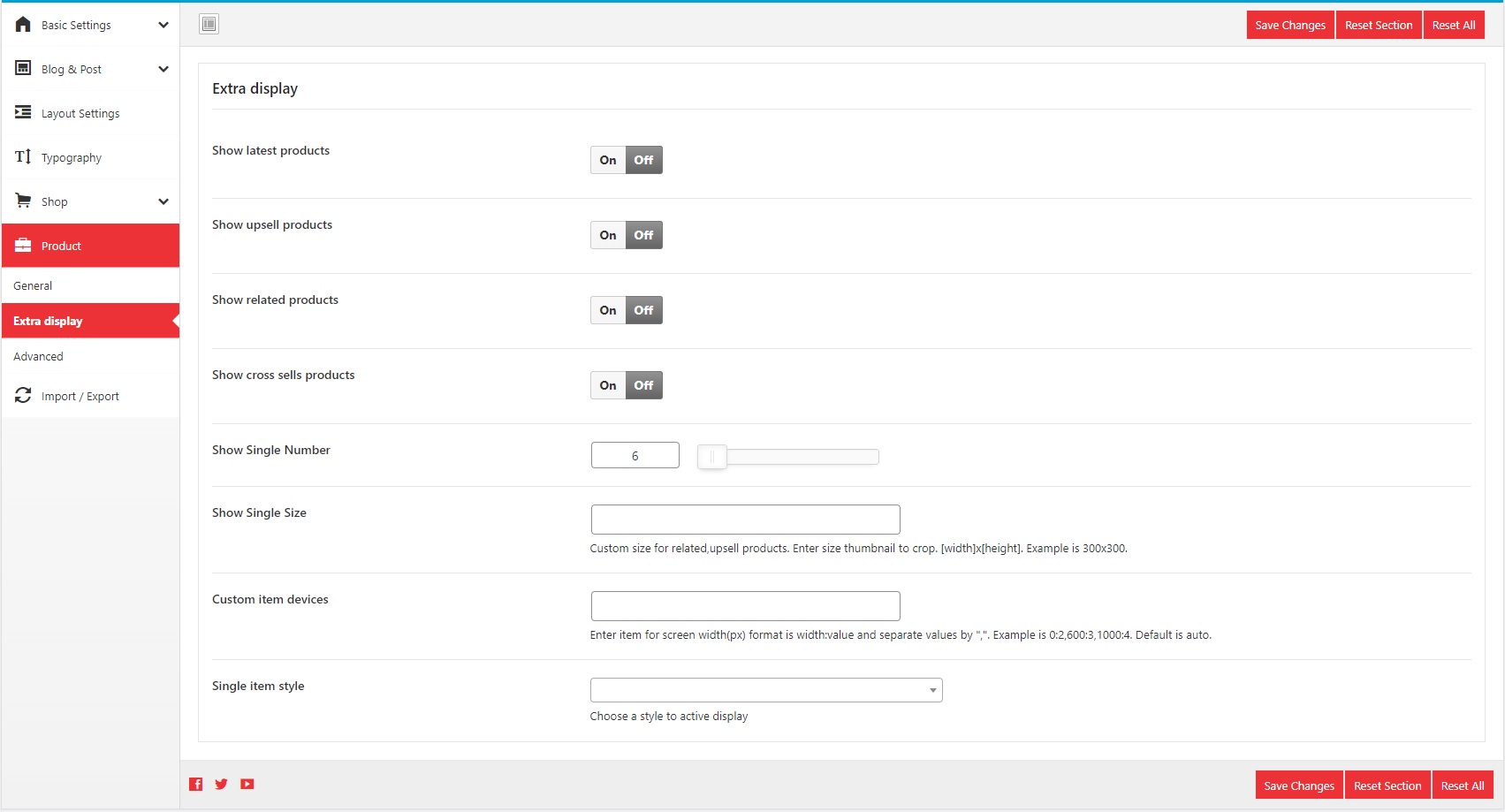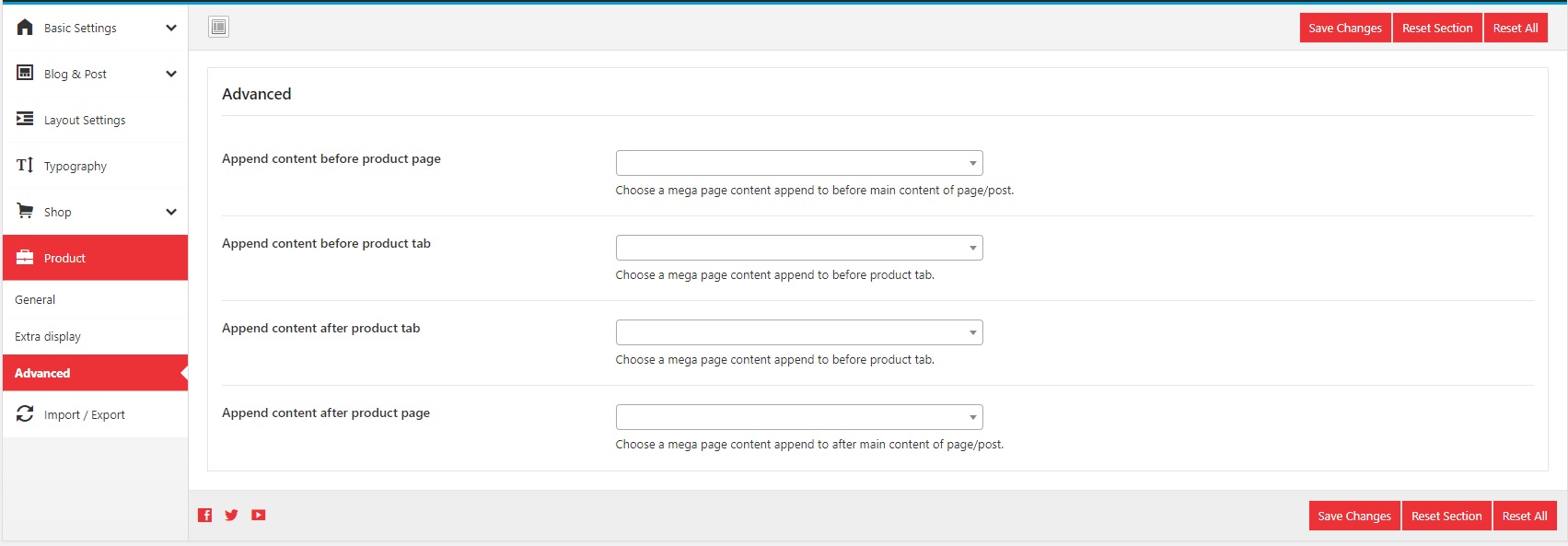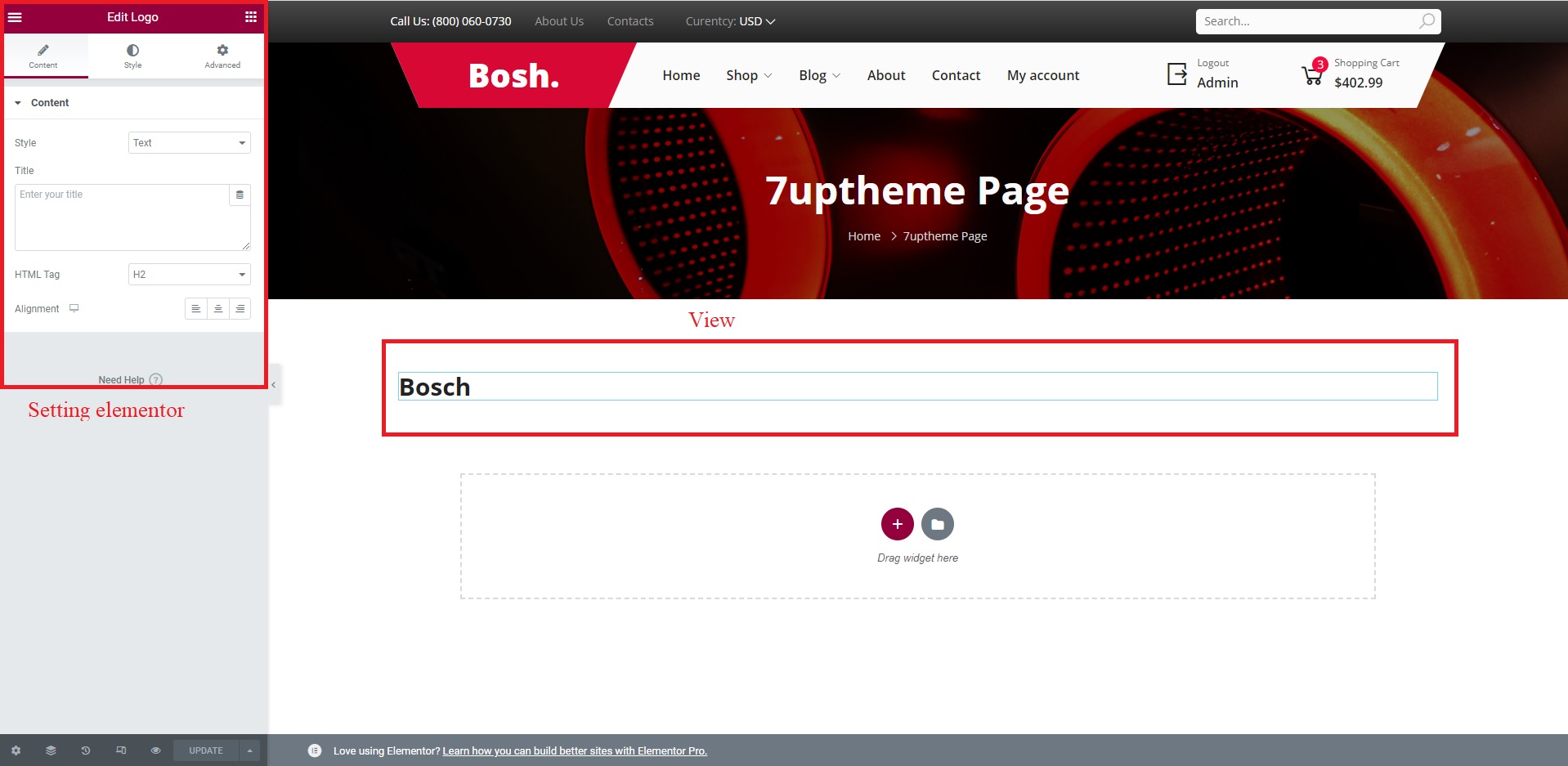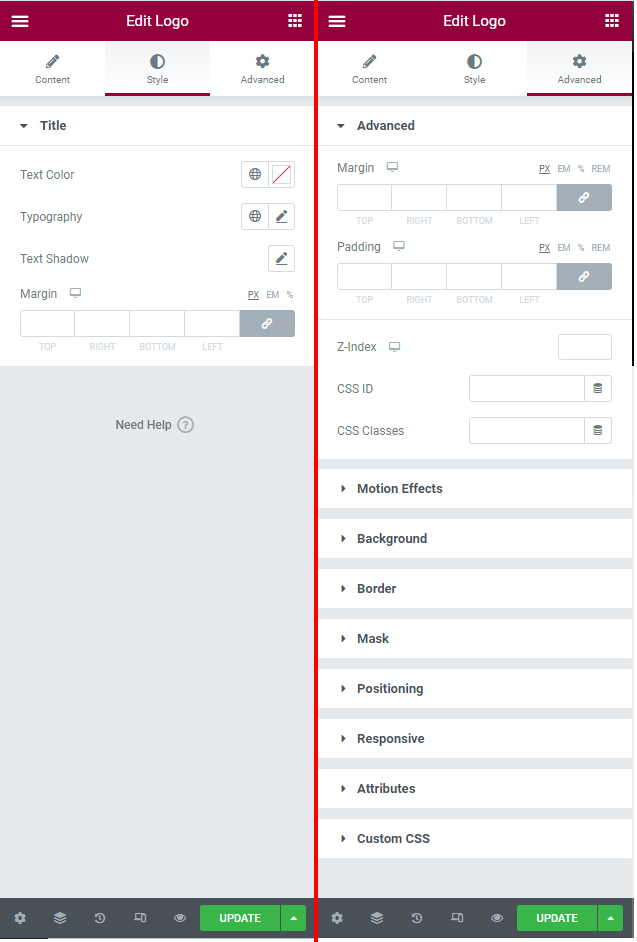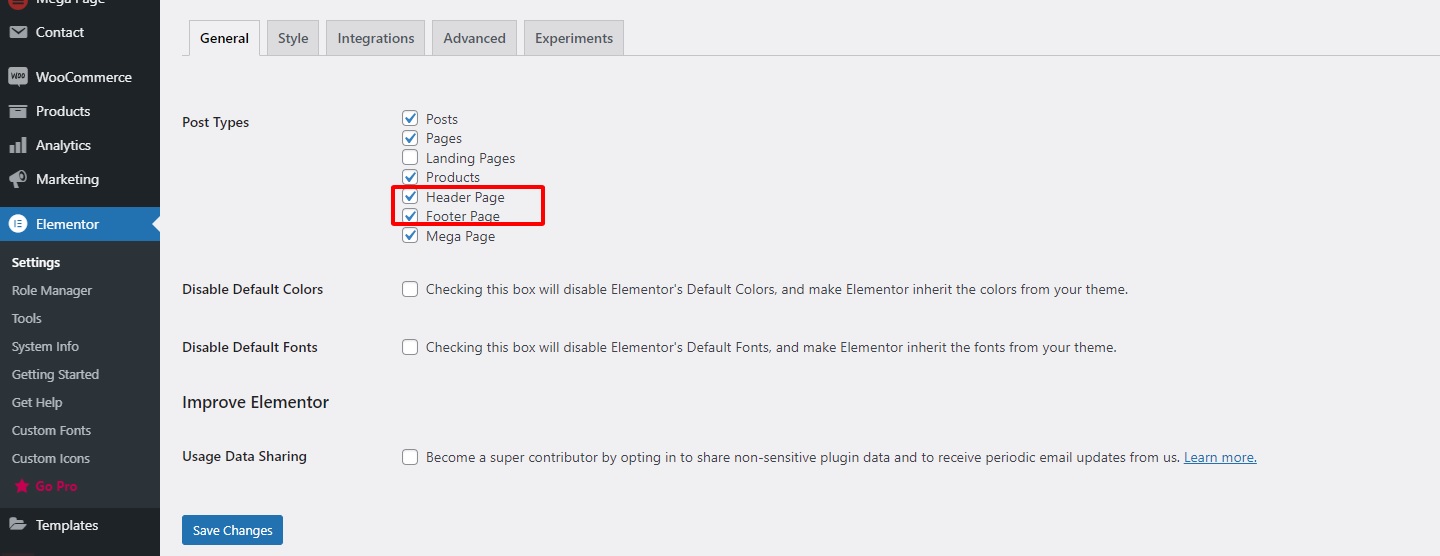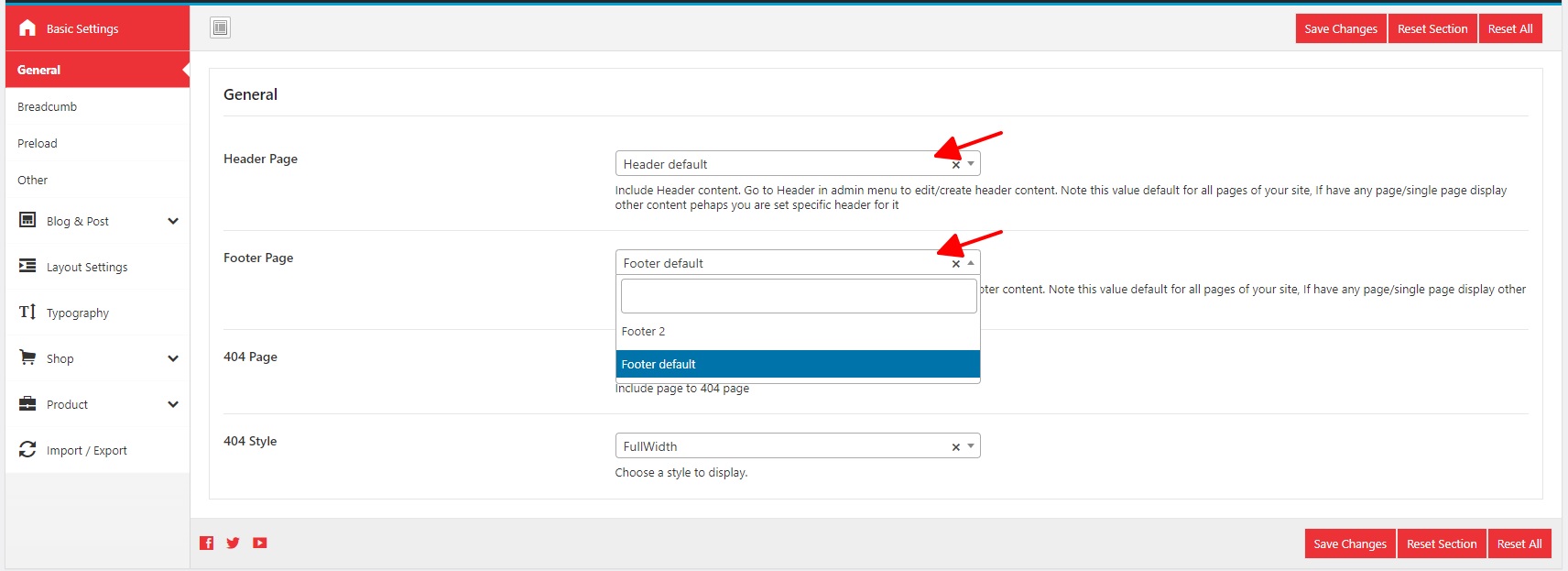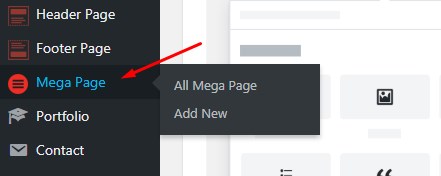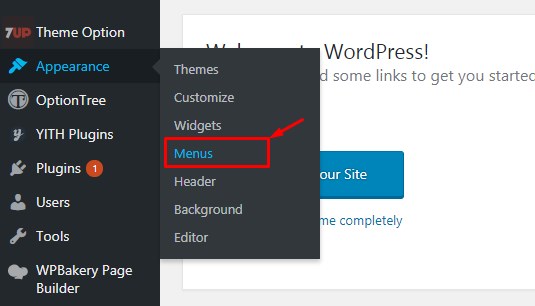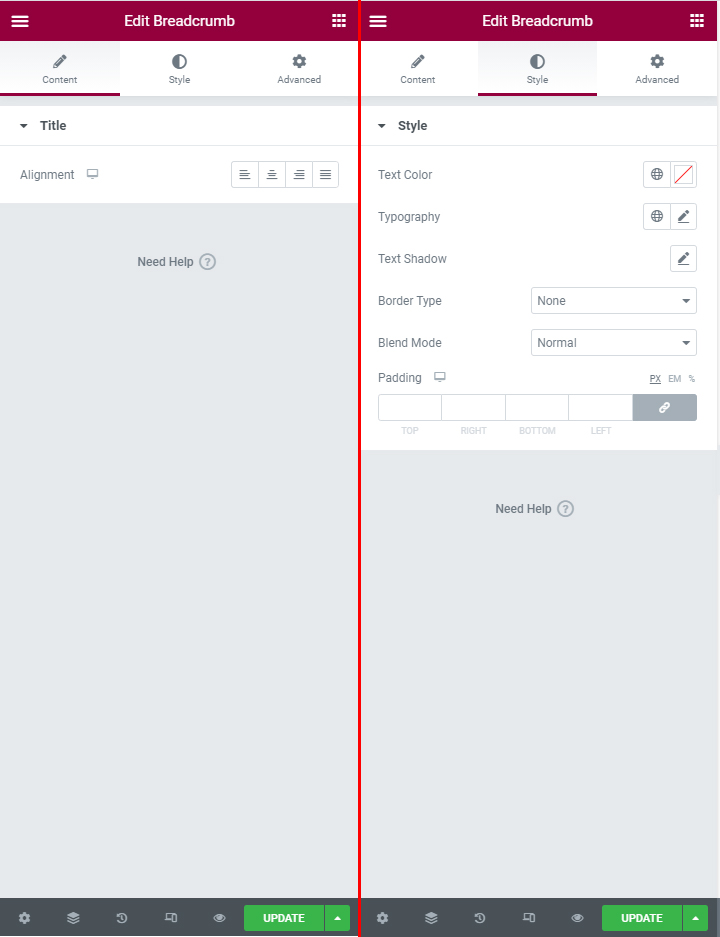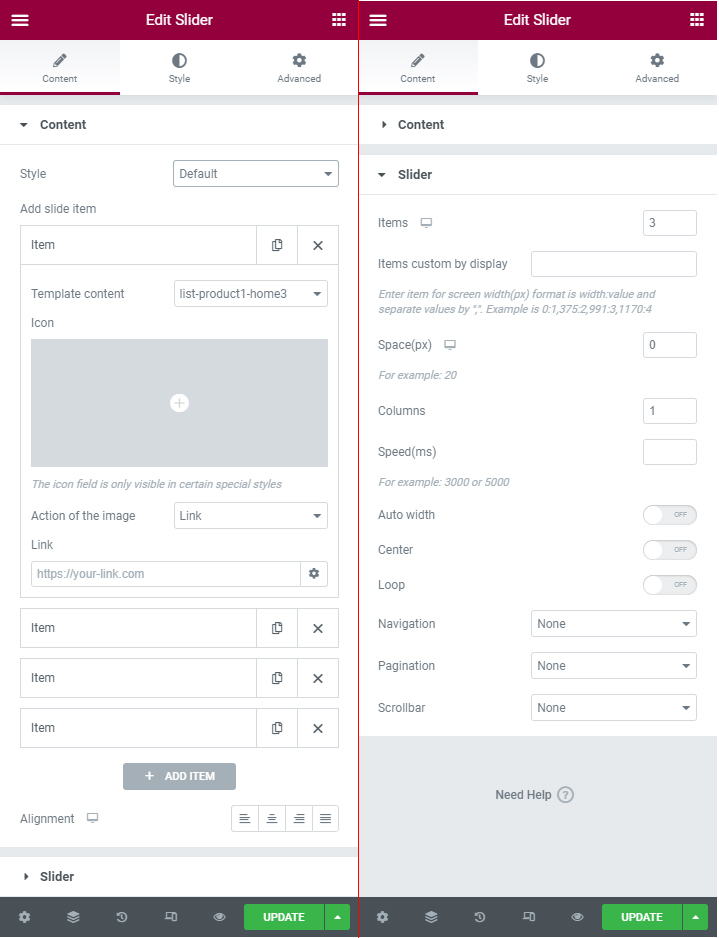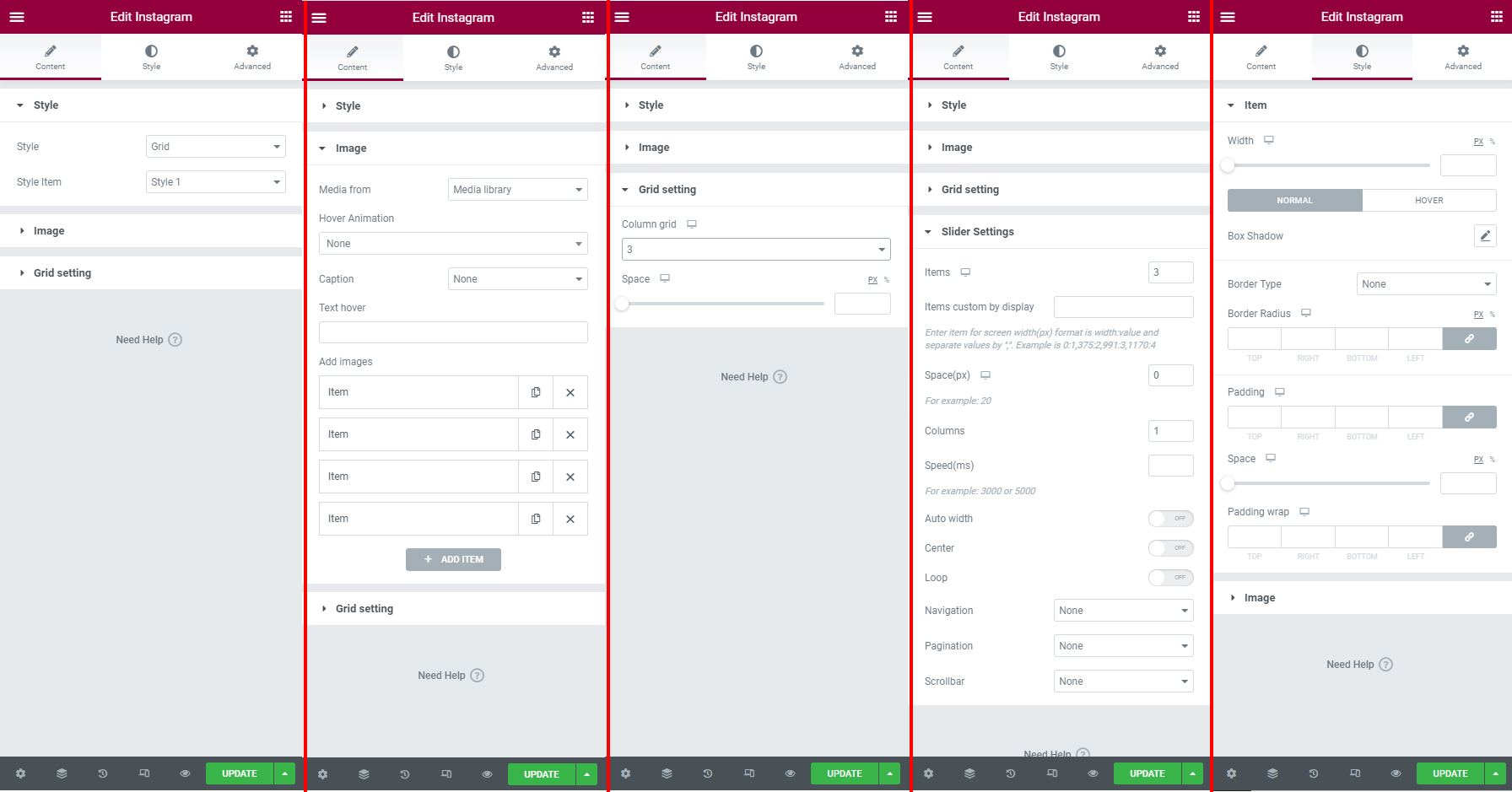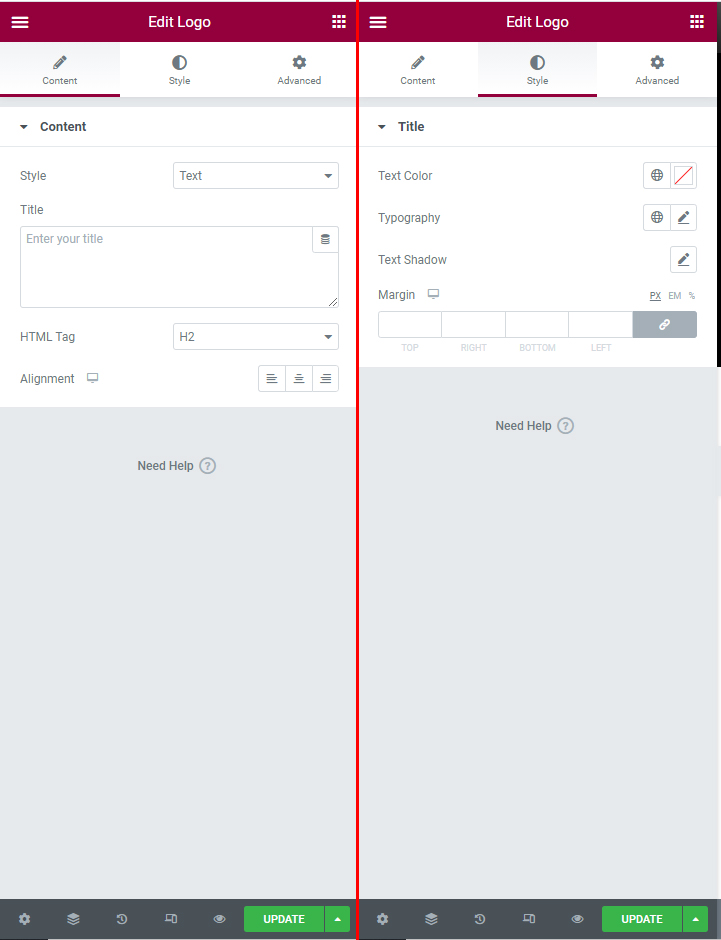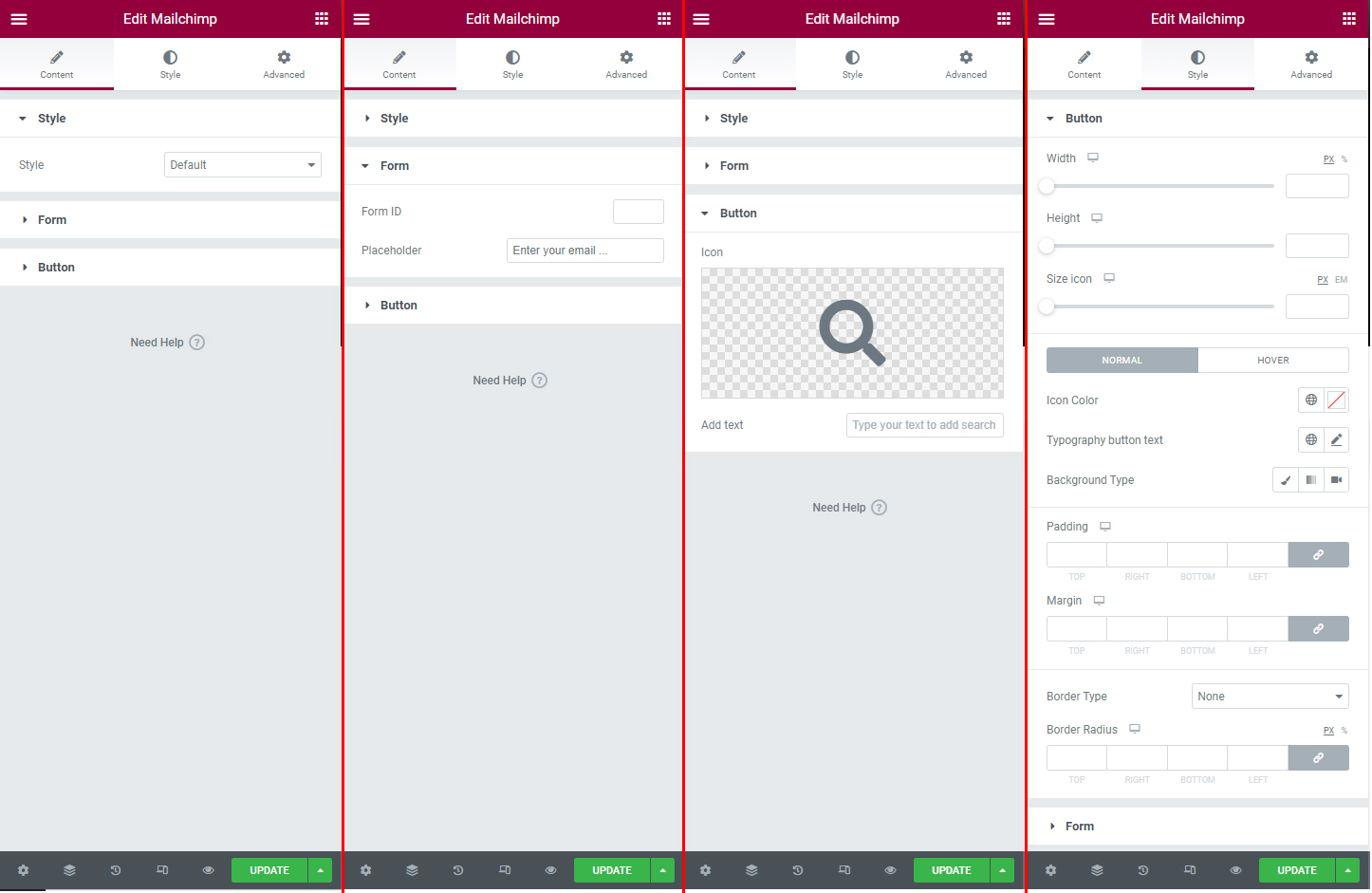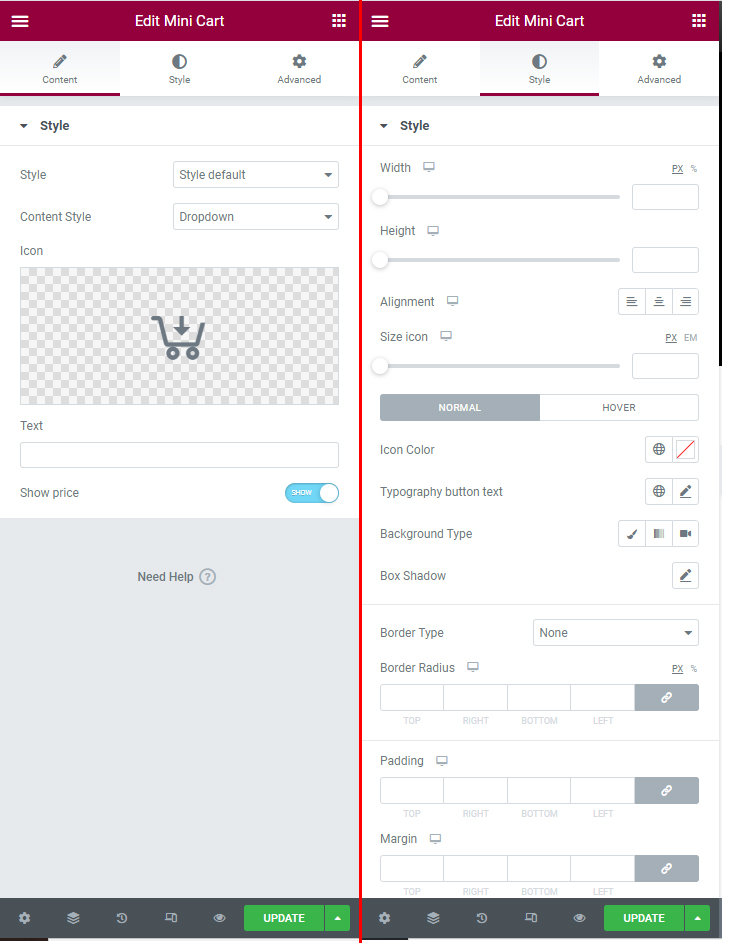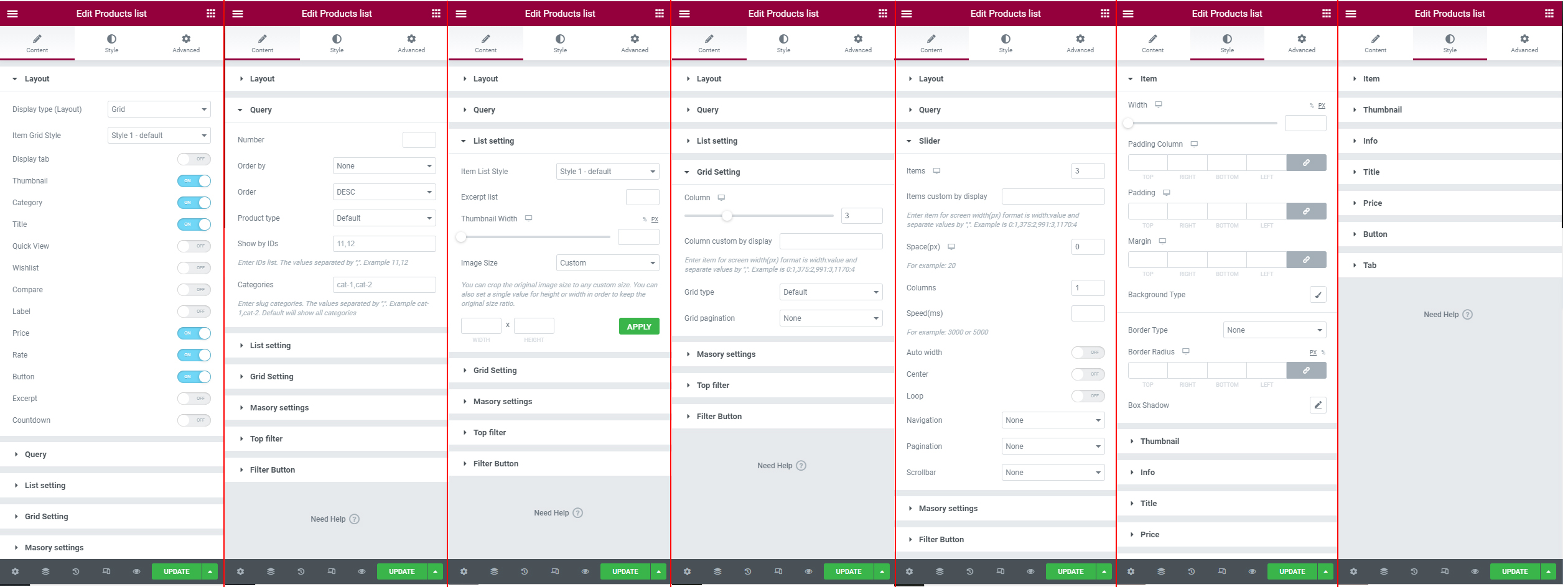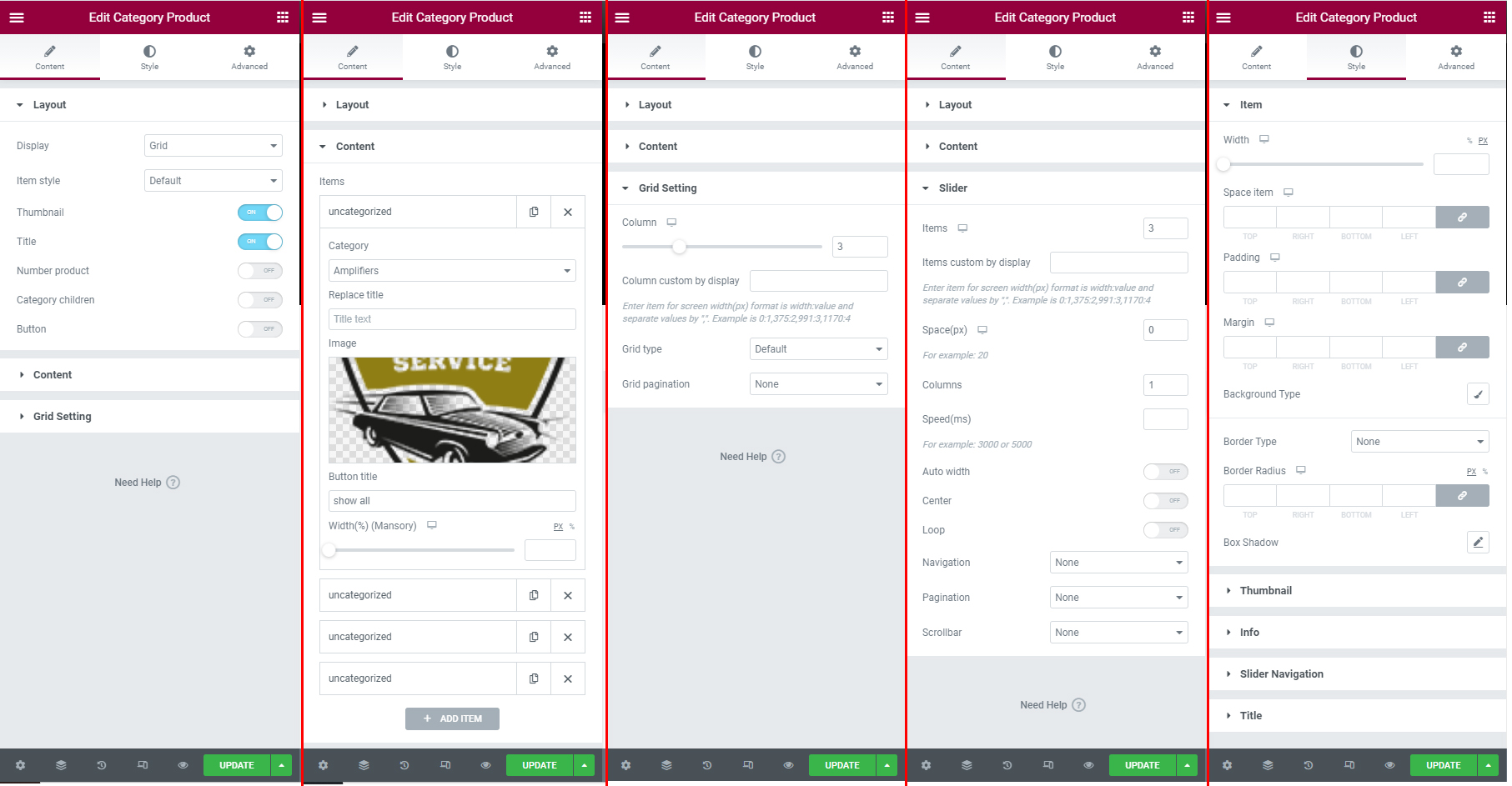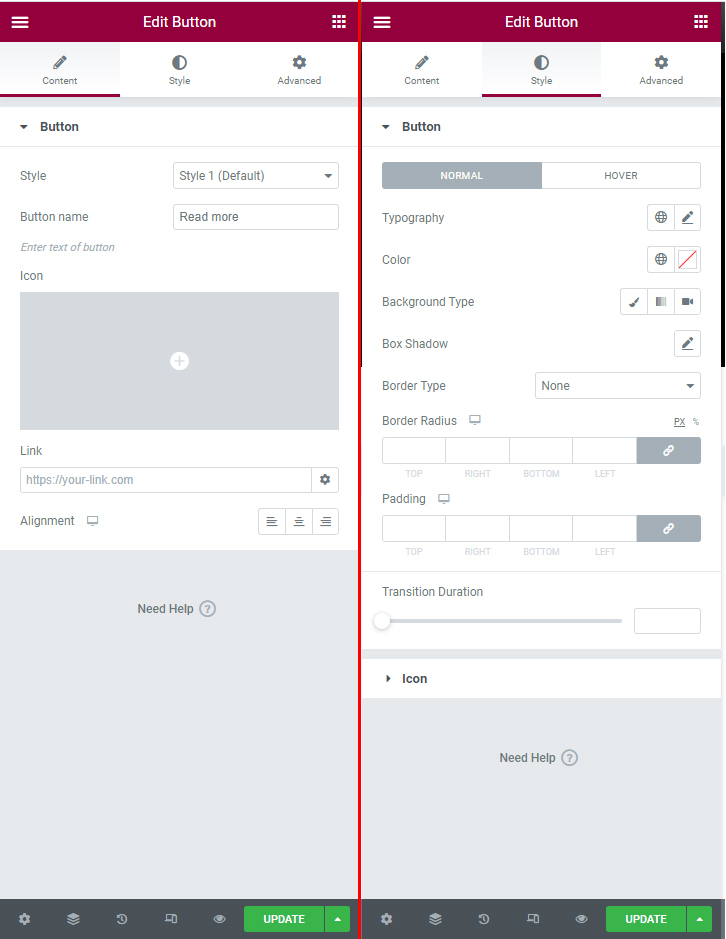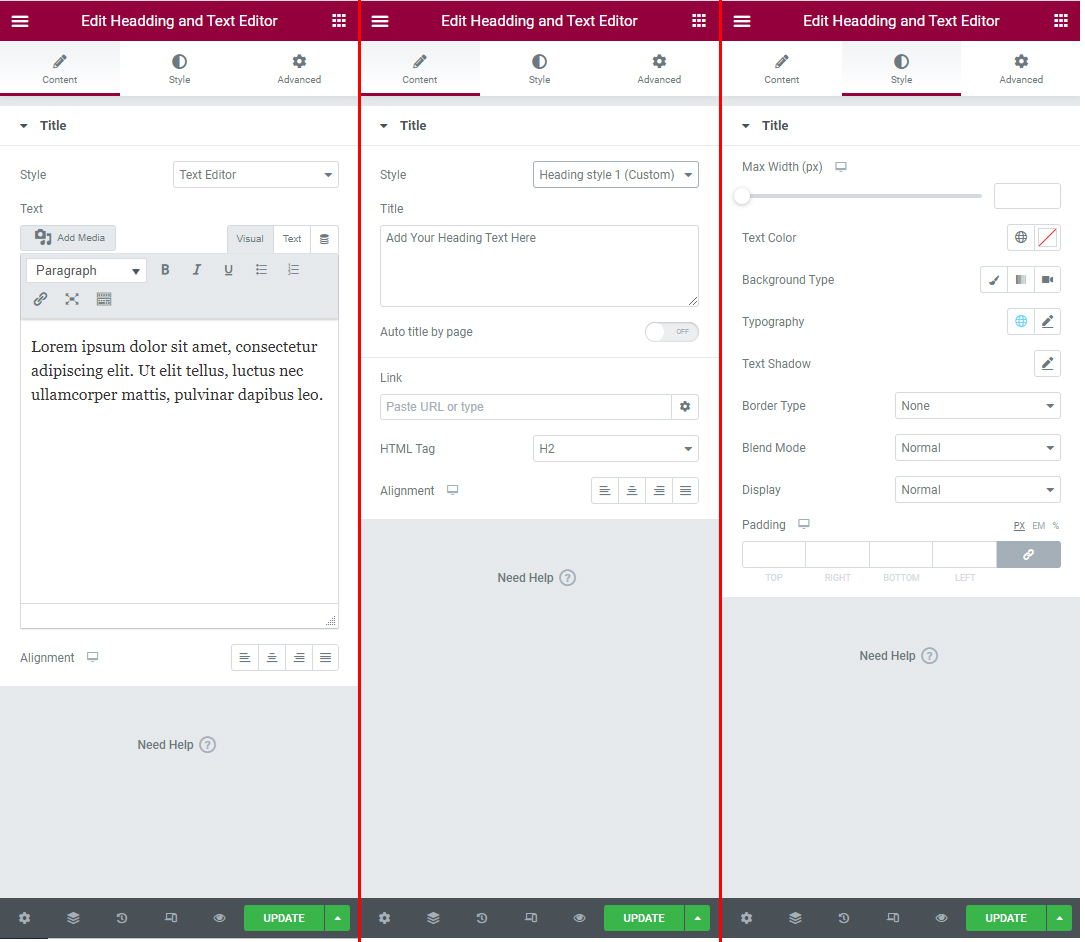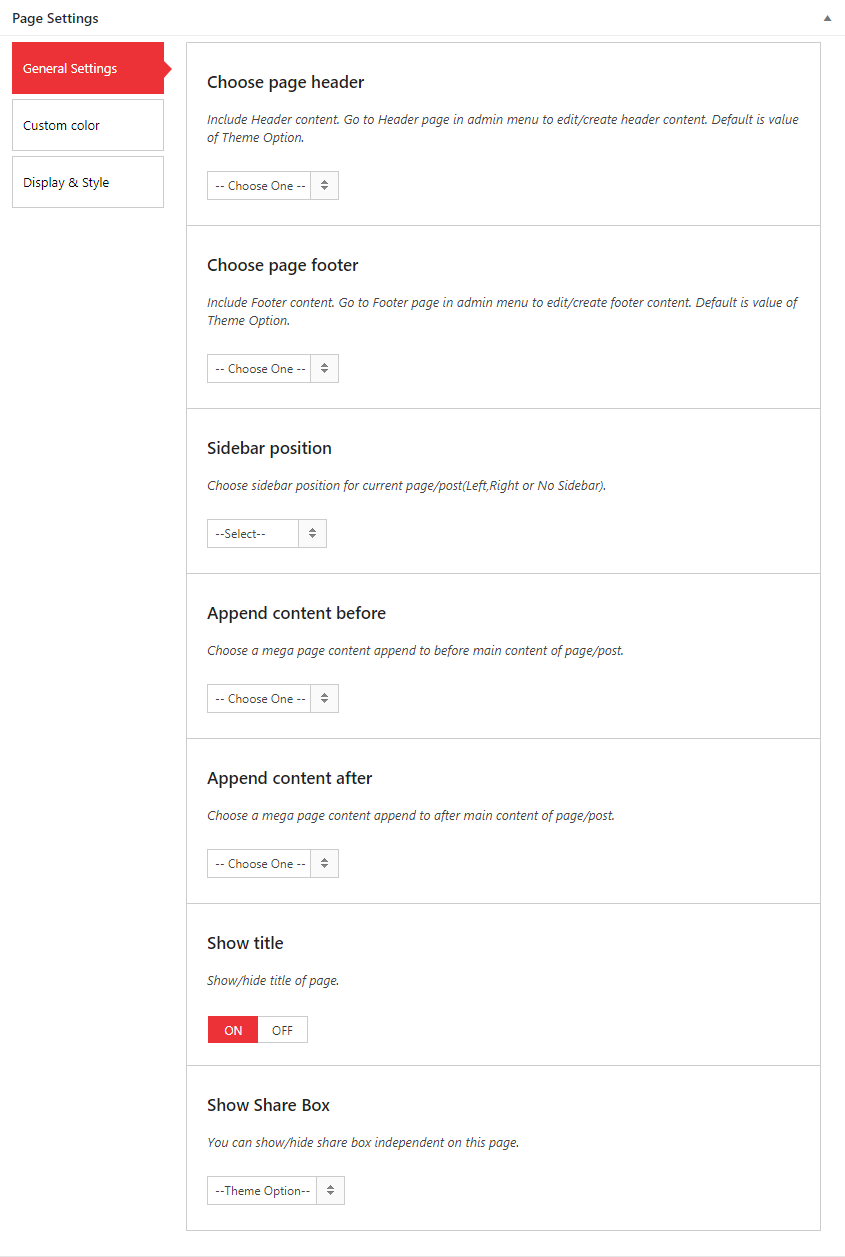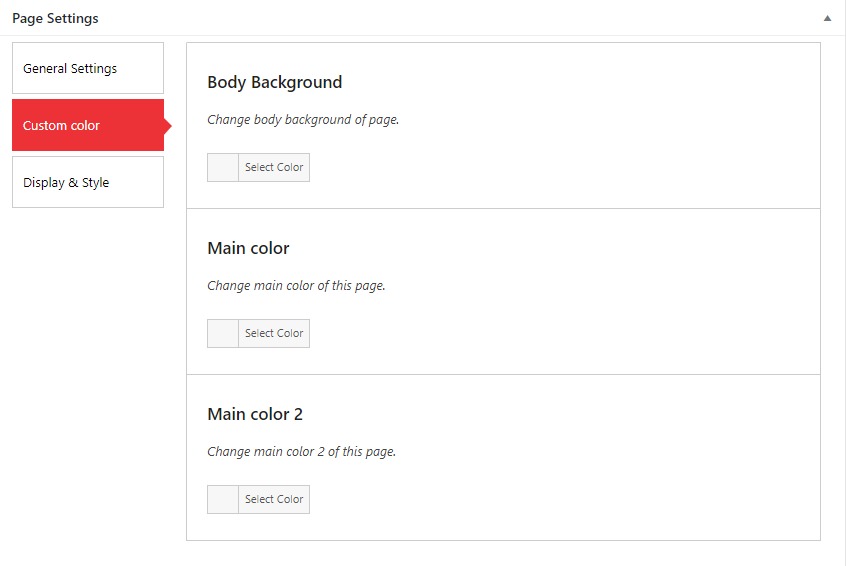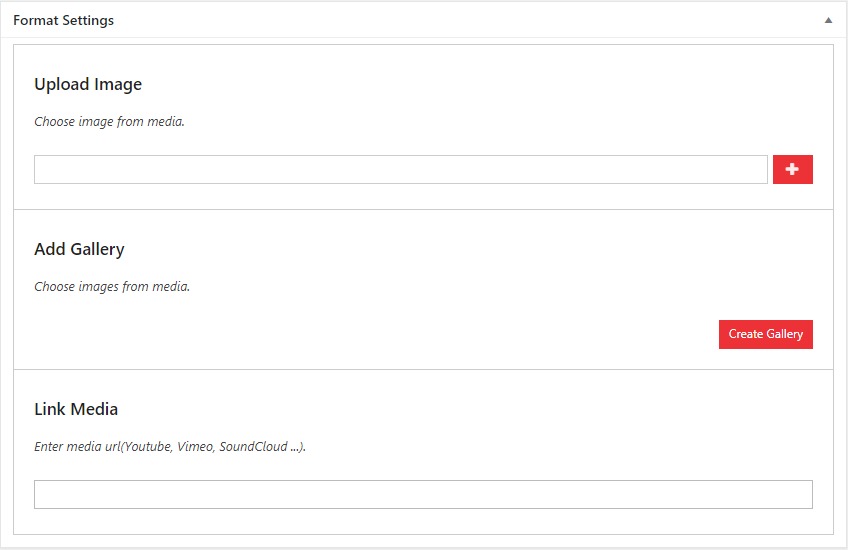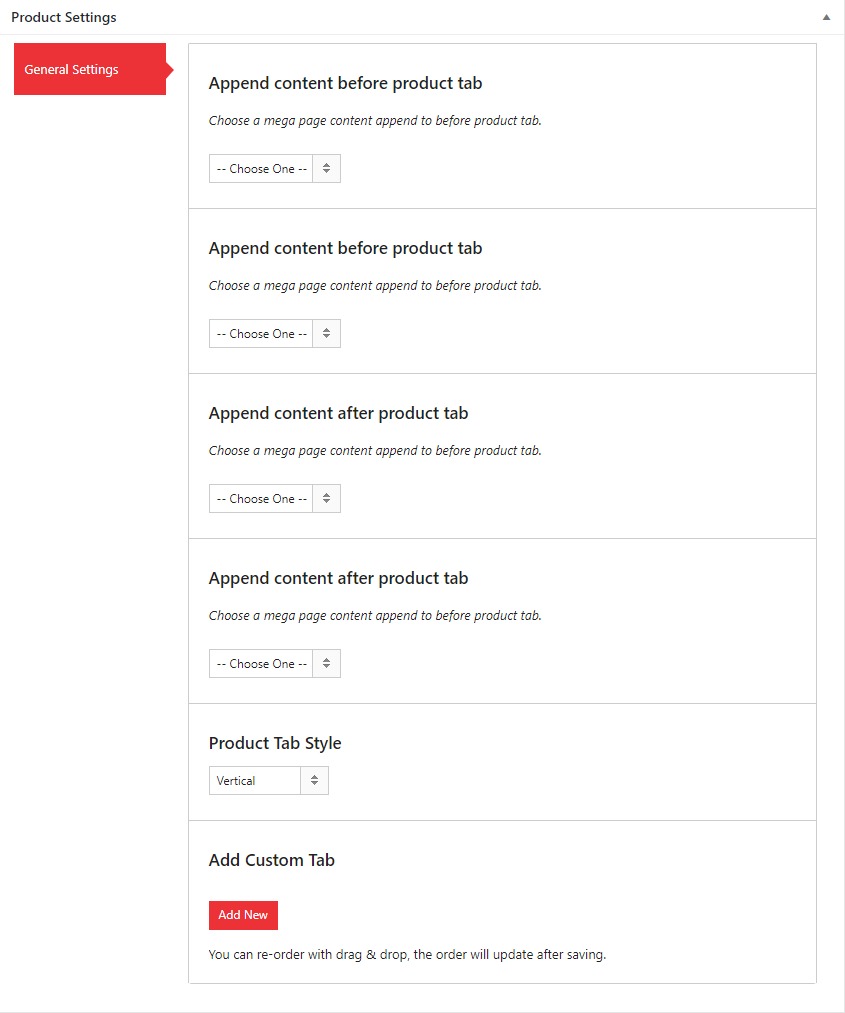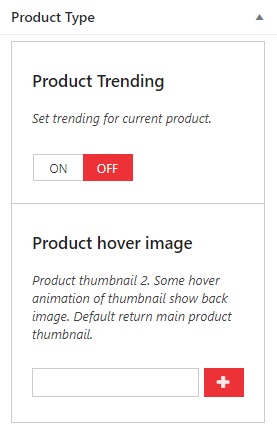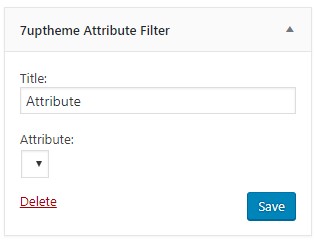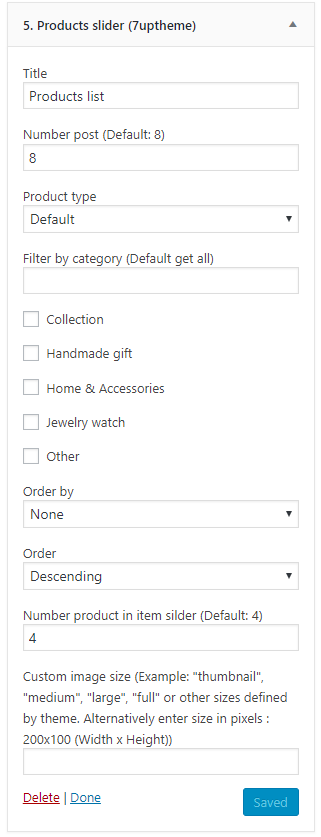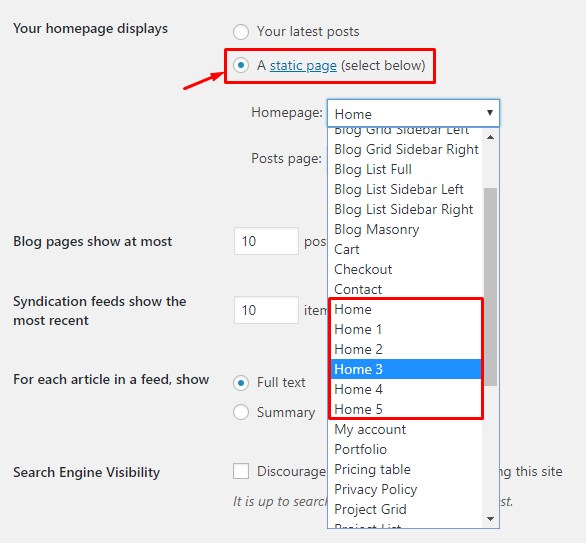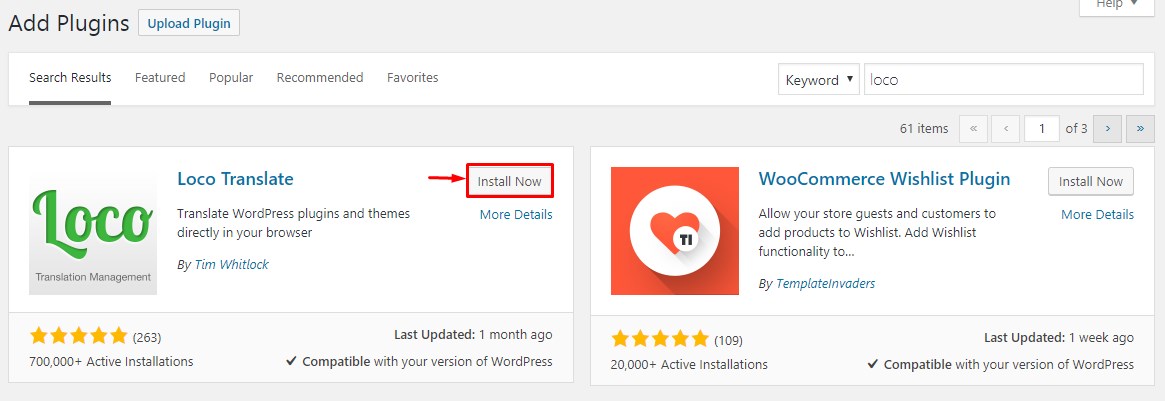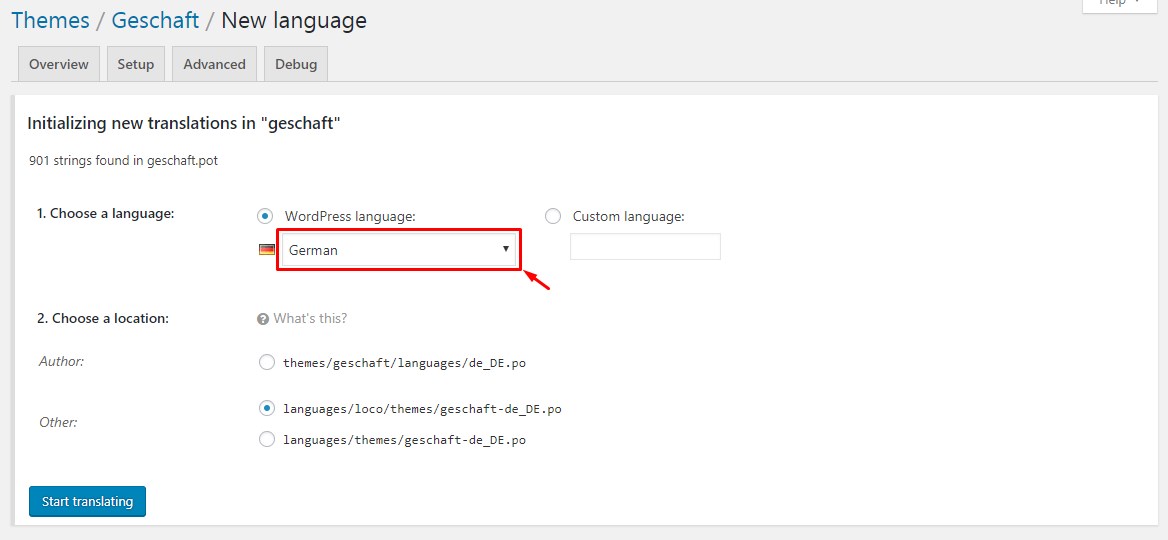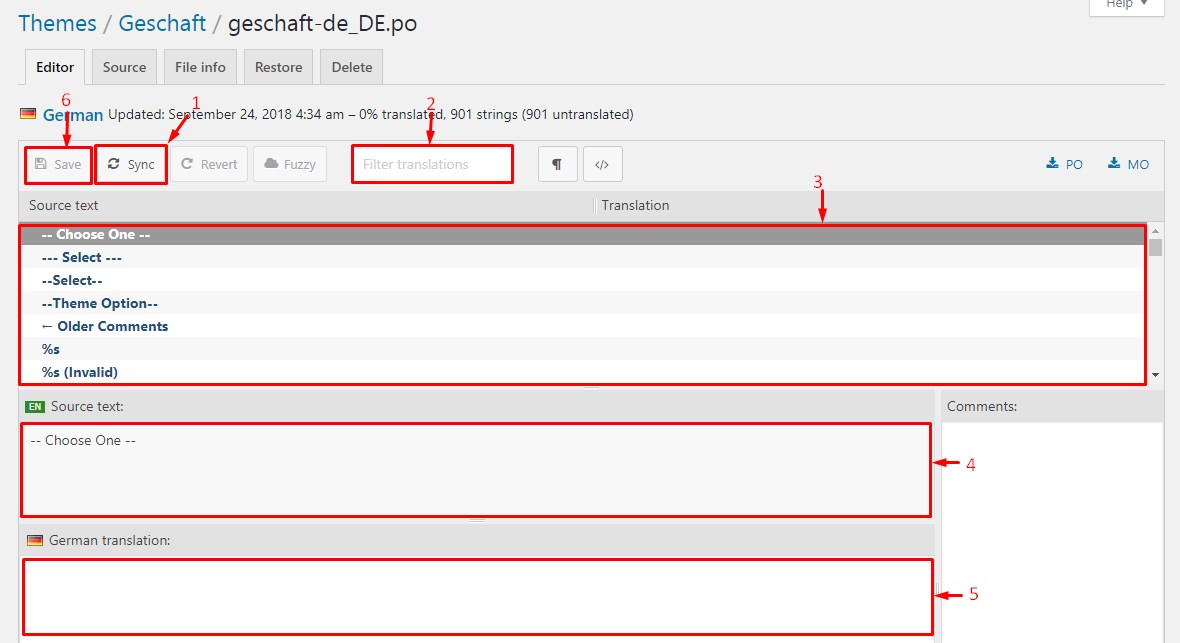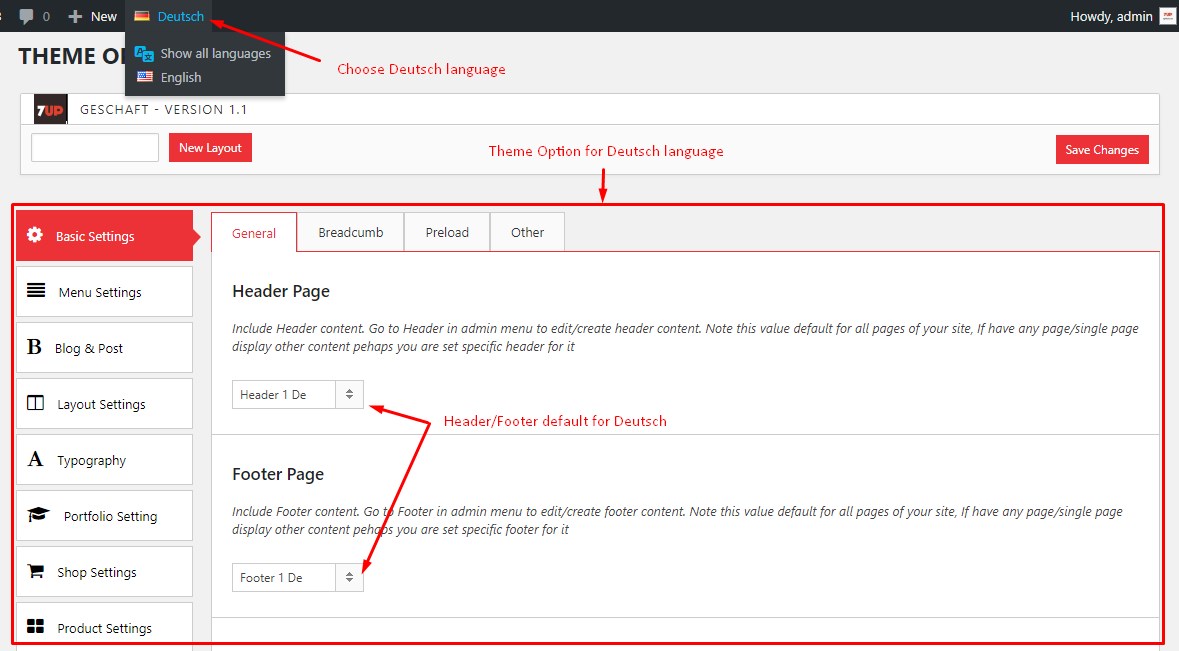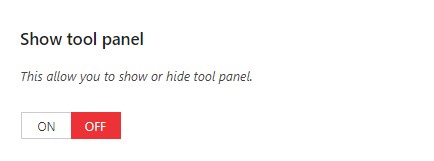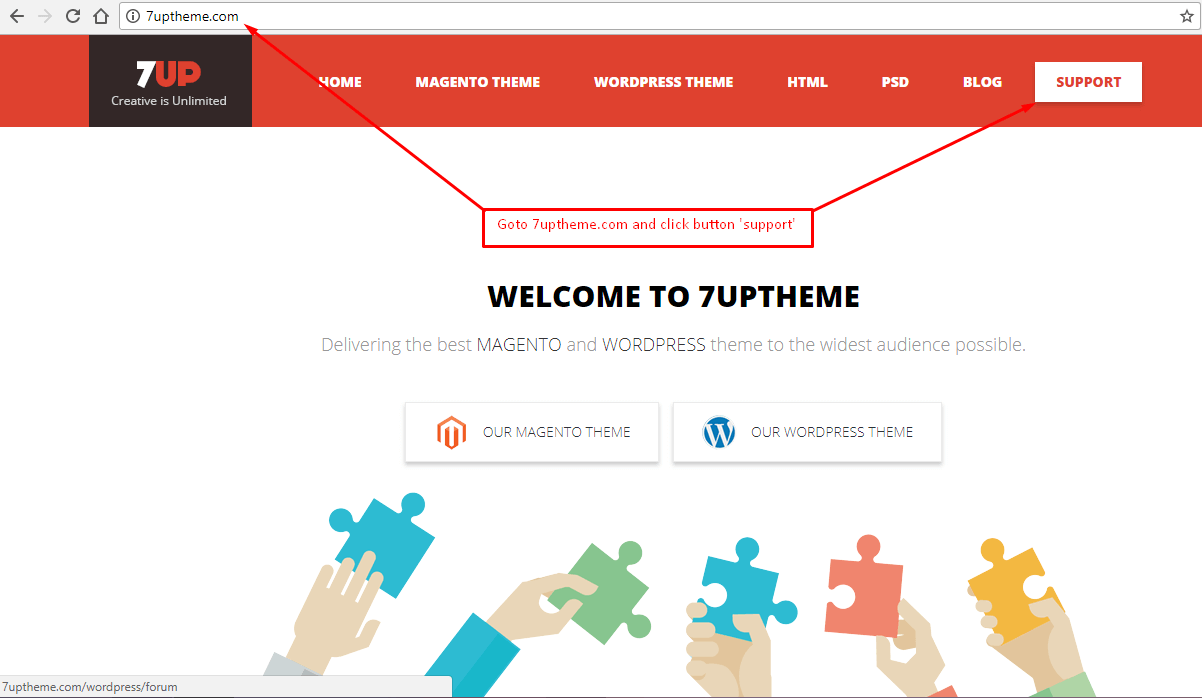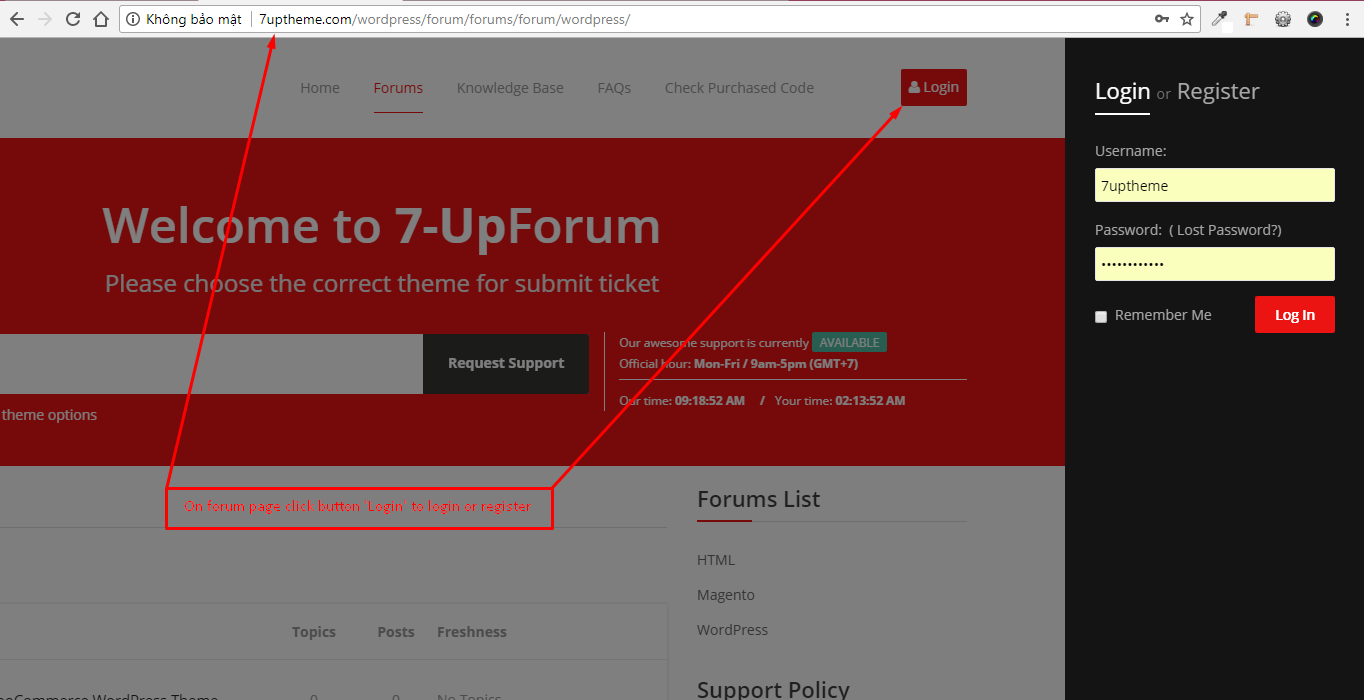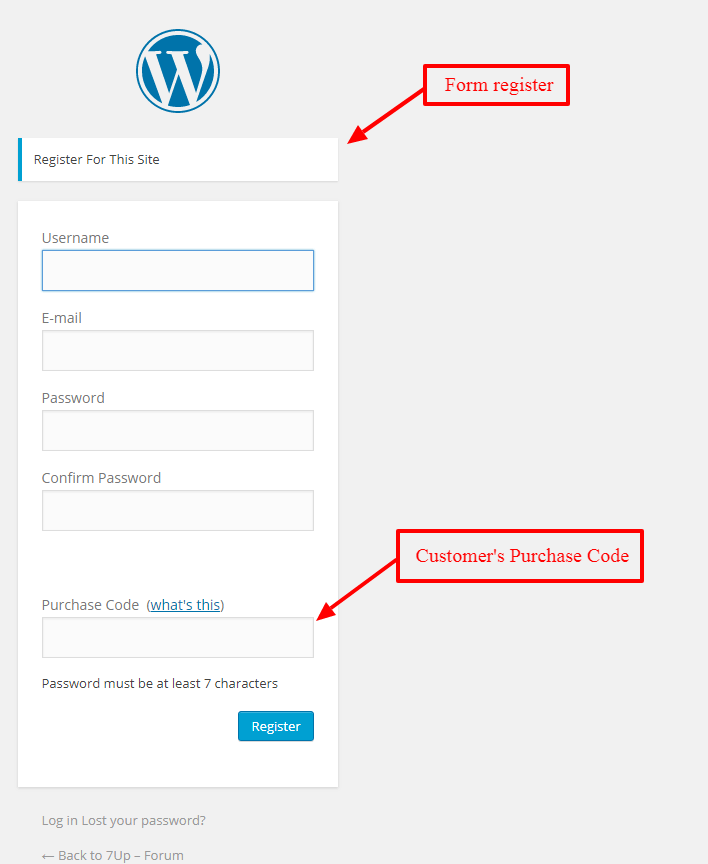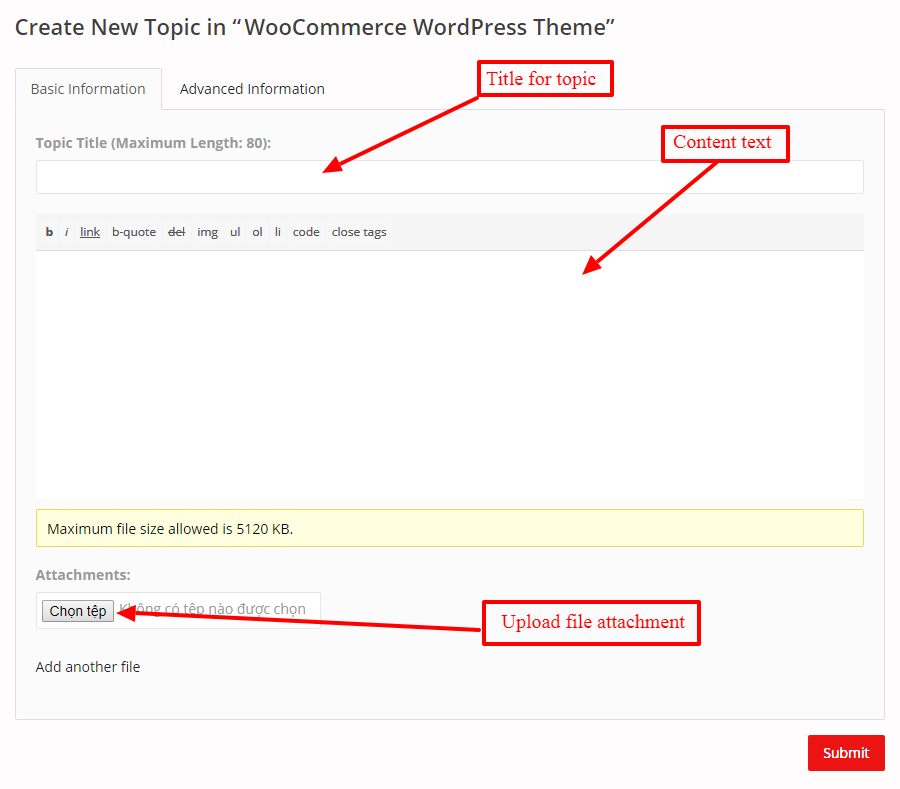7up Content
3. Elementor 7uptheme (Shortcodes)
List 7up's elementor.
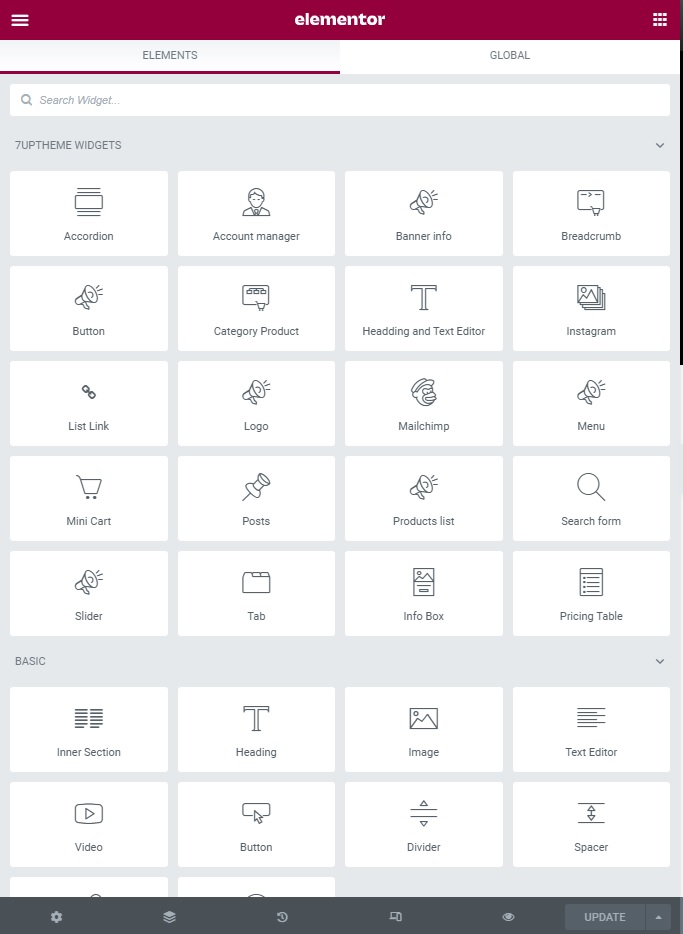
Below is the interface of each element
3.1. Account Manager
Feature: Used to display the list of paths that users logged in to are allowed to access. Displayed as a dropdown.
Edit interface
3.3. Swiper Slider
Feature: Used to display swiper slider with any content.
Edit interface
Front-end views
3.4. Instagram
Feature: Used to display images from your instagram.
Edit interface
Front-end views
3.5. Logo
Feature: Used to display logo of your site.
Edit interface
Front-end views
3.6. Mailchimp
Feature: Used to display mailchimp form with MailChimp for WP plugin.
Edit interface
Front-end views
3.8. Tabs
Feature: Used to display tab with 7uptheme style.
Edit interface
Front-end views
3.9. Mini Cart
Feature: Used to display mini cart any where in your page builder.
Edit interface
Front-end views
3.10. Posts
Feature: Used to display one more posts with many styles defined (grid, slider). Allows customization of column number, item slider, row number, animation thumbnail, pagination, loadmore, masonry ....
Edit interface
Front-end views
3.11. Products
Feature: Used to display one more product with many styles defined (grid, slider). Allows customization of column number, item slider, row number, animation thumbnail, pagination, loadmore, masonry ....
Edit interface
Front-end views
3.12. Category Products
Feature: Used to display one more category product with many styles defined (grid, slider).
Edit interface
Front-end views
3.13. Search Form
Feature: Used to display search form. You can custom search for post,product or all of your post type with categories list. Live search feature already in this elementor.
Edit interface
Front-end views
3.15. Headding & Text editor
Feature: Used to display Headding & Text editor. You can custom style headding & text editor in this elementor.
Edit interface
Front-end views
3.15. Info box
Feature: Used to display info box editor. You can custom style info box in this elementor.
Edit interface
Front-end views
4. Create/Edit page
In WordPress Dashboard you can go to Pages -> All Pages and choose page want to edit. Or you can choose Pages -> Add New to create new page.
Pages template:
Default template: create a page with default space top and bottom.
Visual template: create a page with page builder and no default space top and bottom.
Video tutorial
5. Create post/product
Create post
In WordPress Dashboard you can go to Posts --> Add New to create new post. Or Posts --> All Posts and choose a post to edit.
Create product
In WordPress Dashboard you can go to Products --> Add New to create new product. Or Products --> All Products and choose a product to edit.
Note: you can enable page builder for post/product to create/edit with Bakery page builder.
6. Responsive
All products using 7uptheme framework 2 (from 7/2018) will have additional advanced responsive functions. Helps you improve visibility for mobile devices.
Base responsibe for column: when you create page builder content from rows and columns. You can divide the width of the columns you want to display for each screen.
In Column Settings, you can choose Responsive Options

Width: default width. Apply for small device.
Responsiveness: responsibe settings for 3 type of device.
1: Destop device
2: Tablet device
3: Mobile device
Advanced responsive:: Applies to some special items or all items depending on your settings.
In elements setting, You can choose Responsive Design Option: you can change padding, margin, background, width ... and alot of css attribute for each device.

7. Meta Data
7.1 Meta General
1. Tab General Settings: used to setting header, footer, sidebar, append content before and affter, show/hide title and social network sharing for each page/post/product
2. Tab Custom Color: used to setting background and main color for each page/post/product.
3. Tab Display & Style: used to select style display and edit width of page container for each page/post/product
7.2 Meta Post
7.3 Meta Product
1. Product Settings
2. Product Type: used to set trending for current product and add more image thumbnail on hover product
8. Widget
List 7up's widget
8.1. Attribute Filter
8.2. Categories Filter
8.3. Product Slider
8.4. Post List






